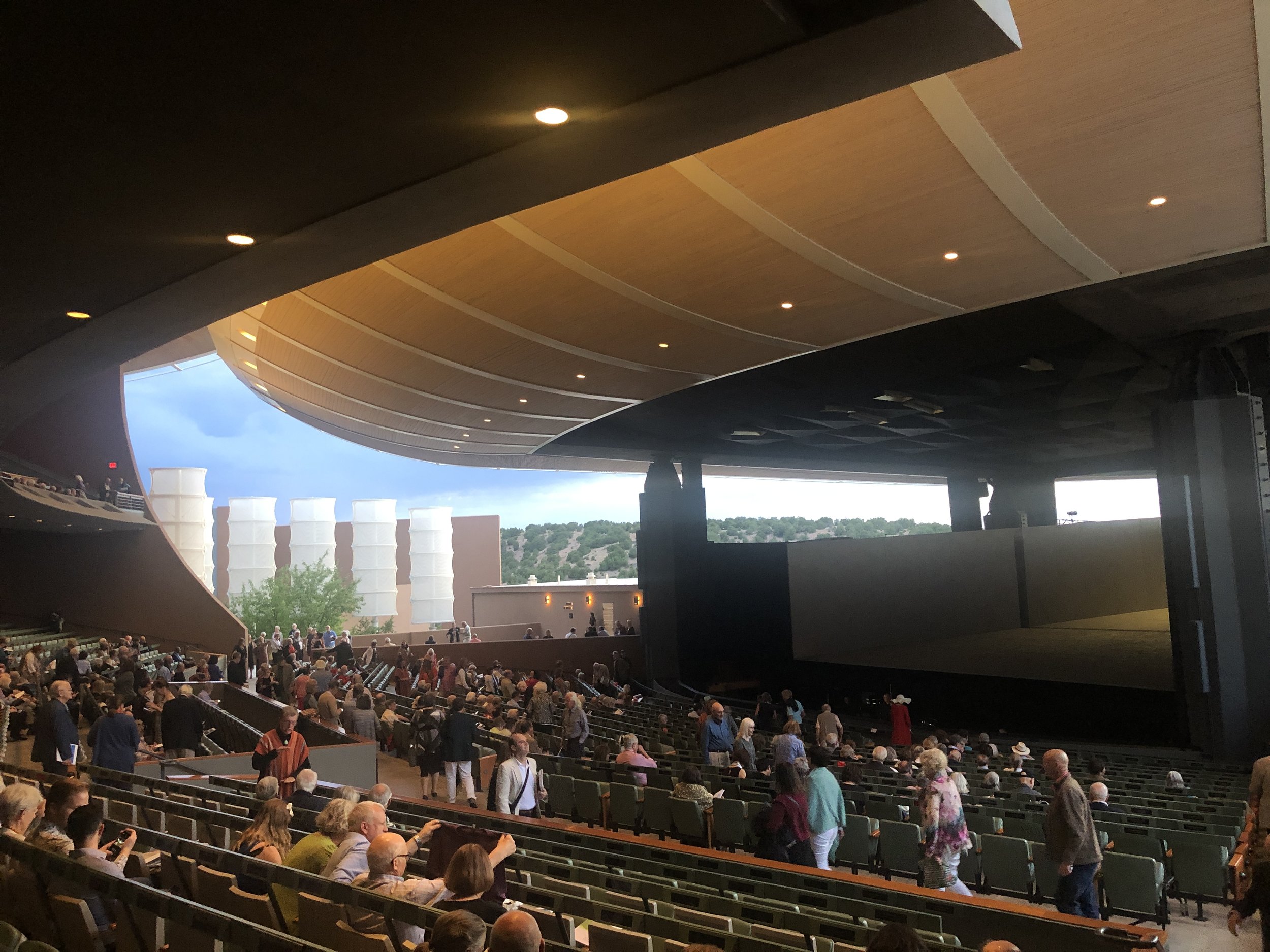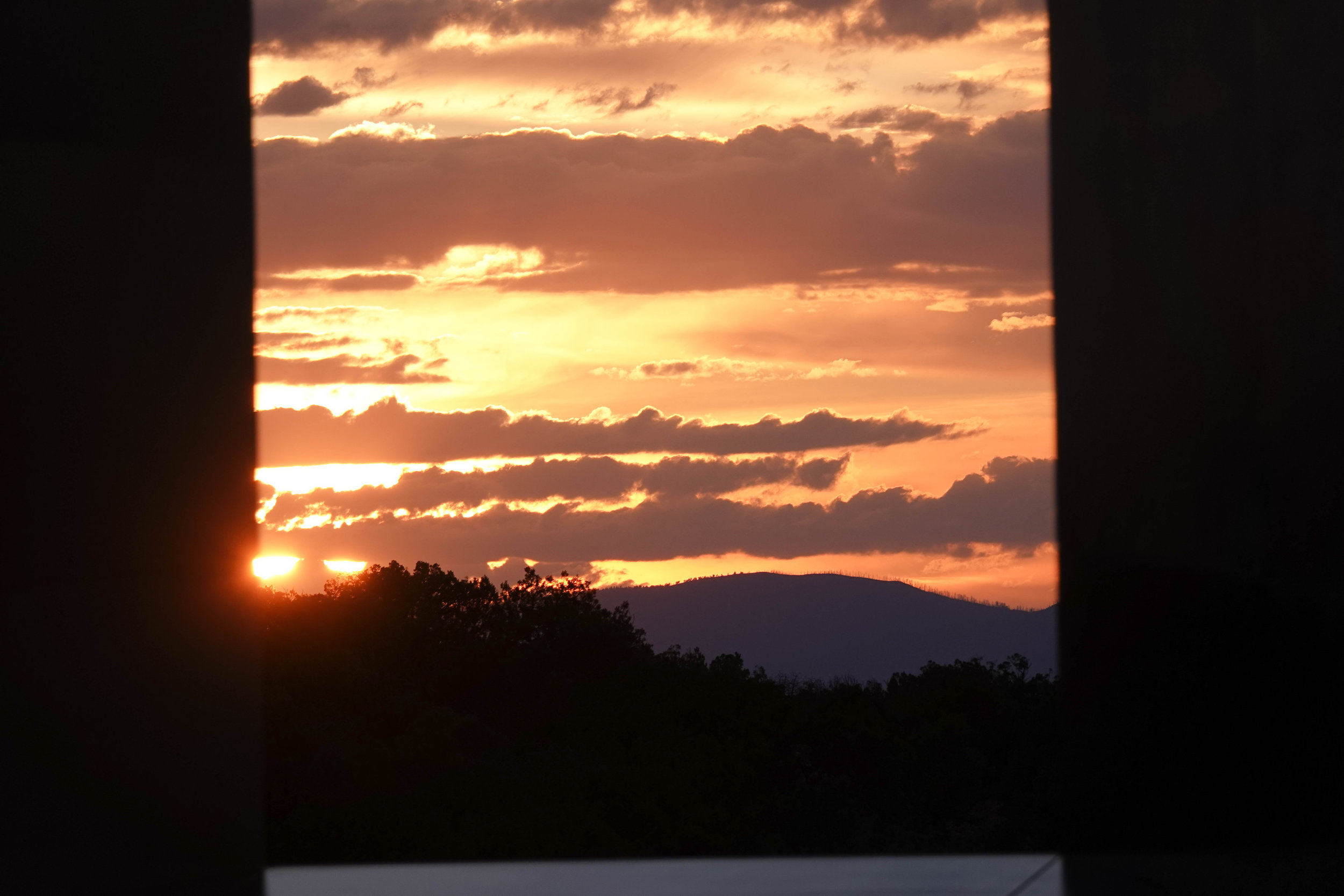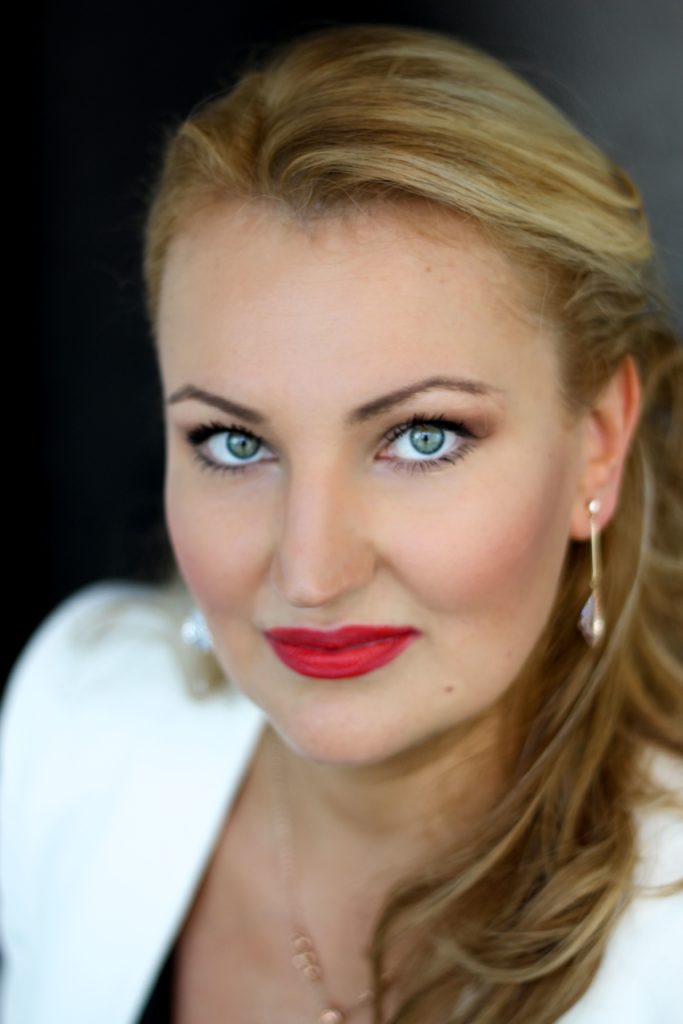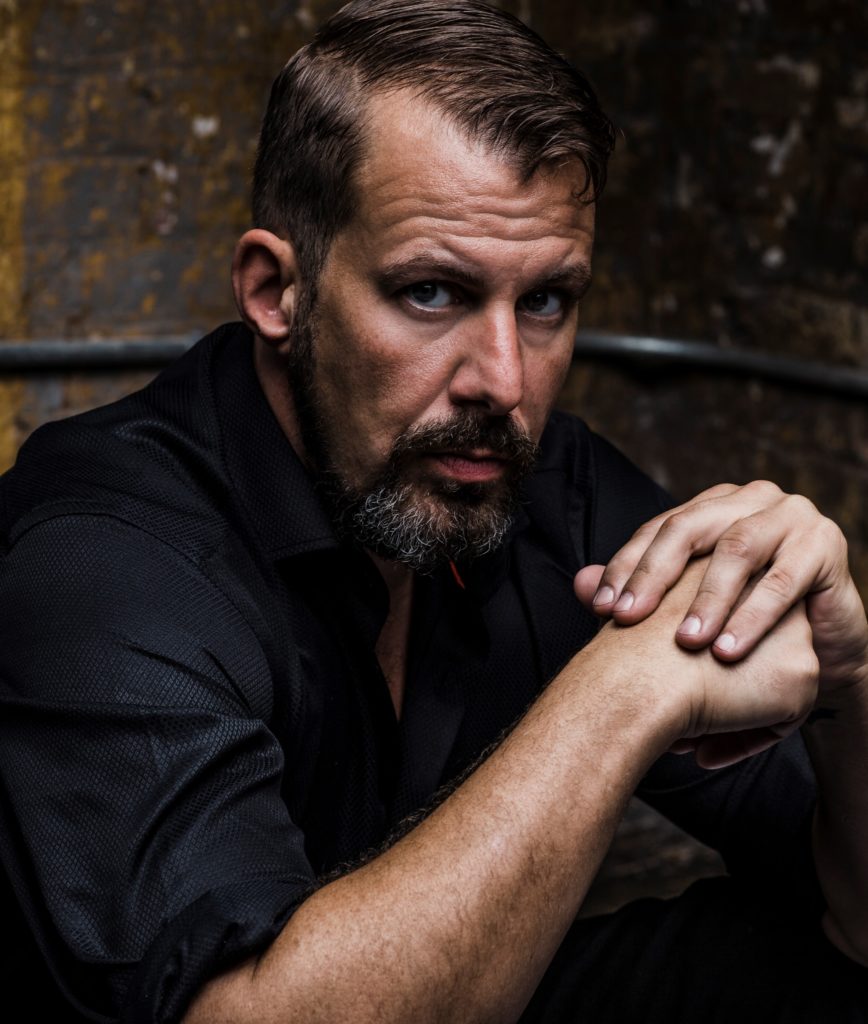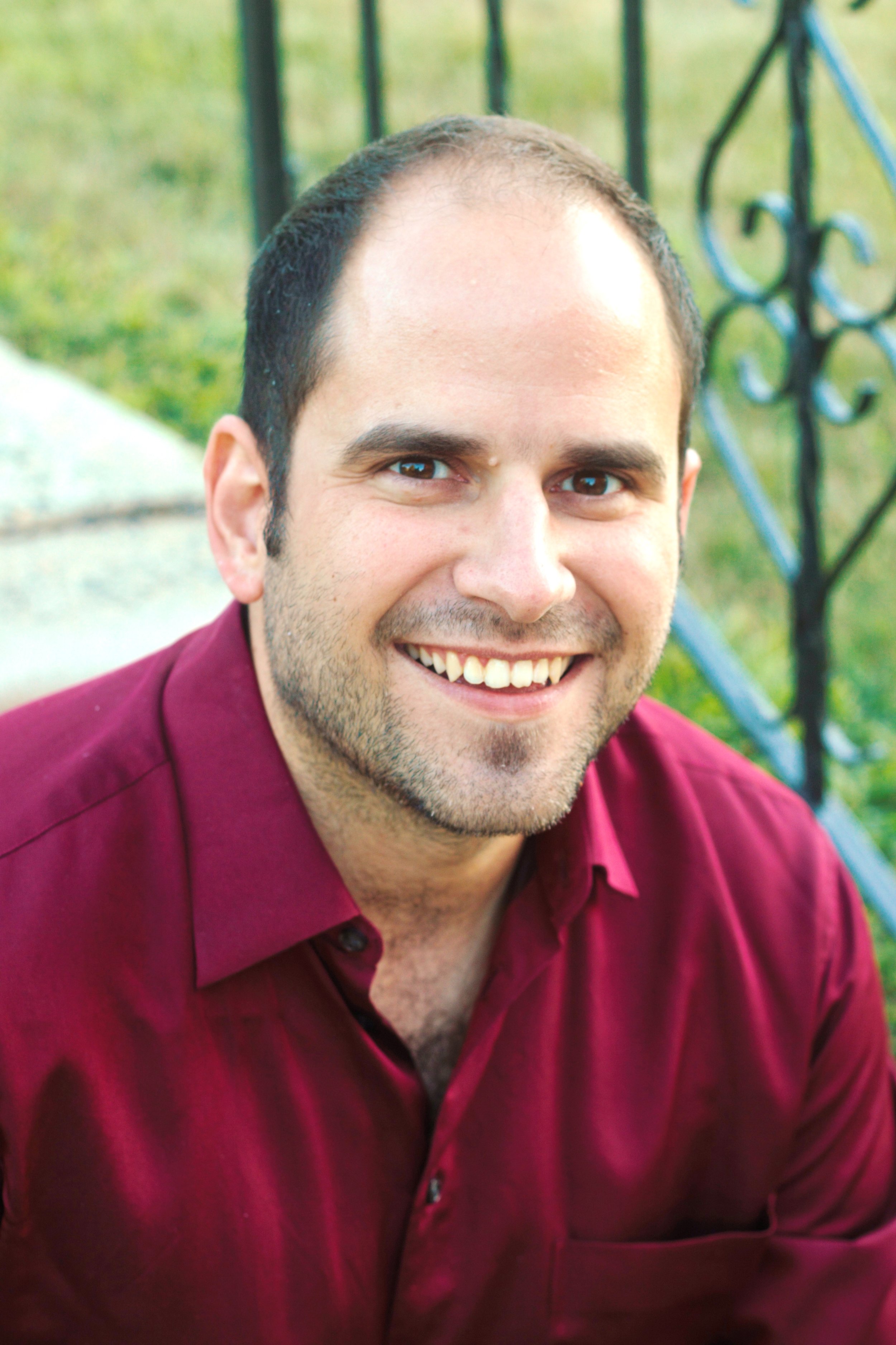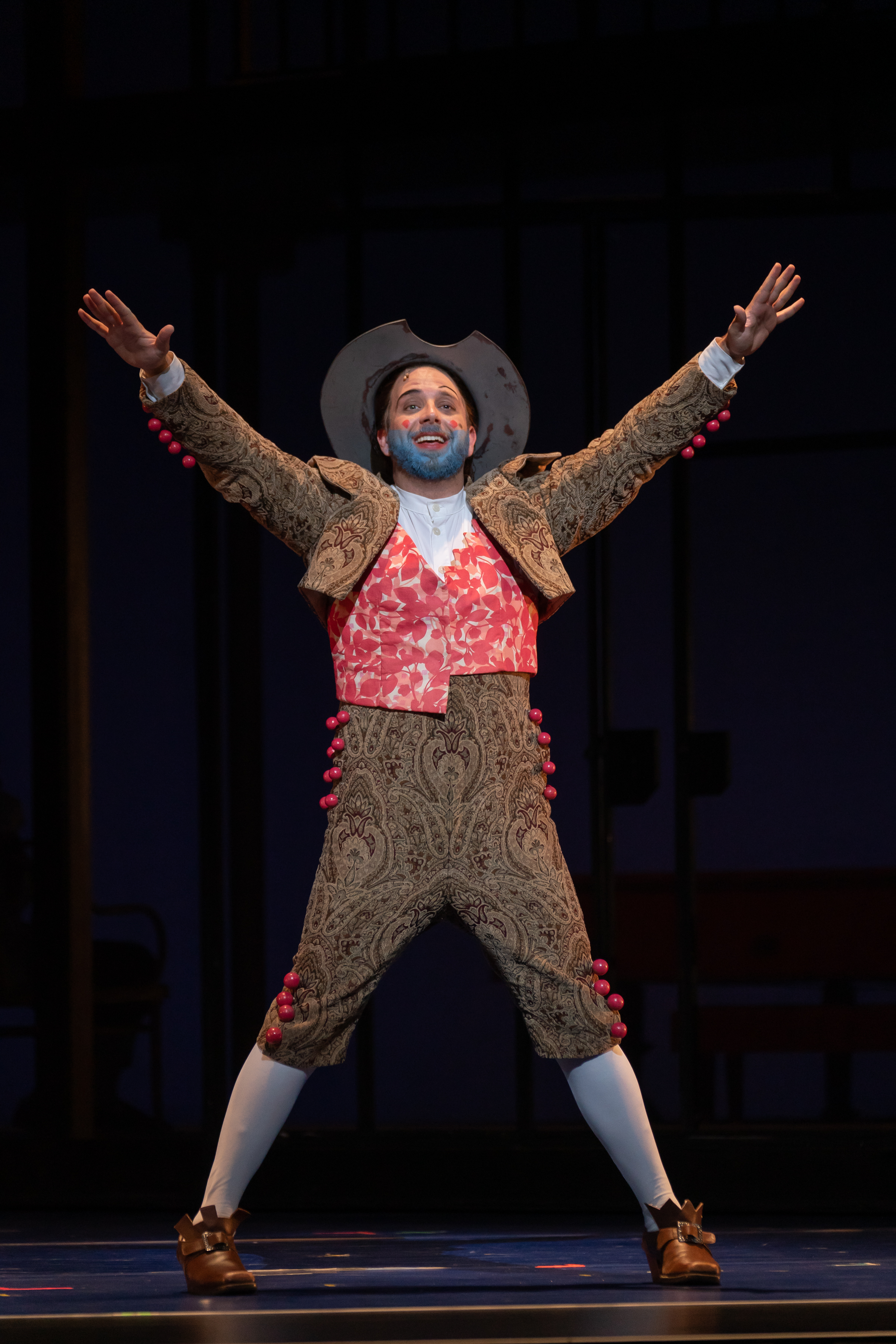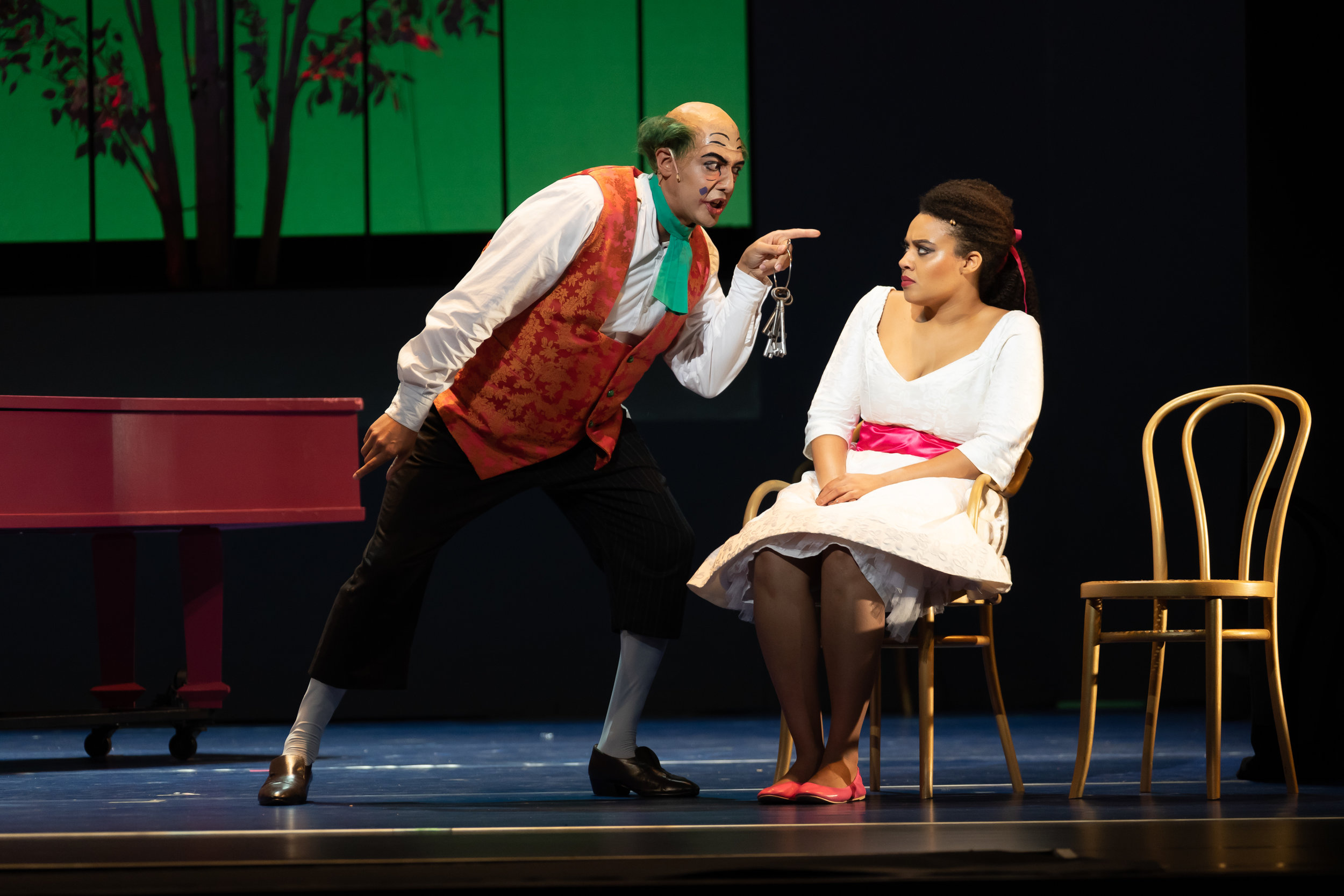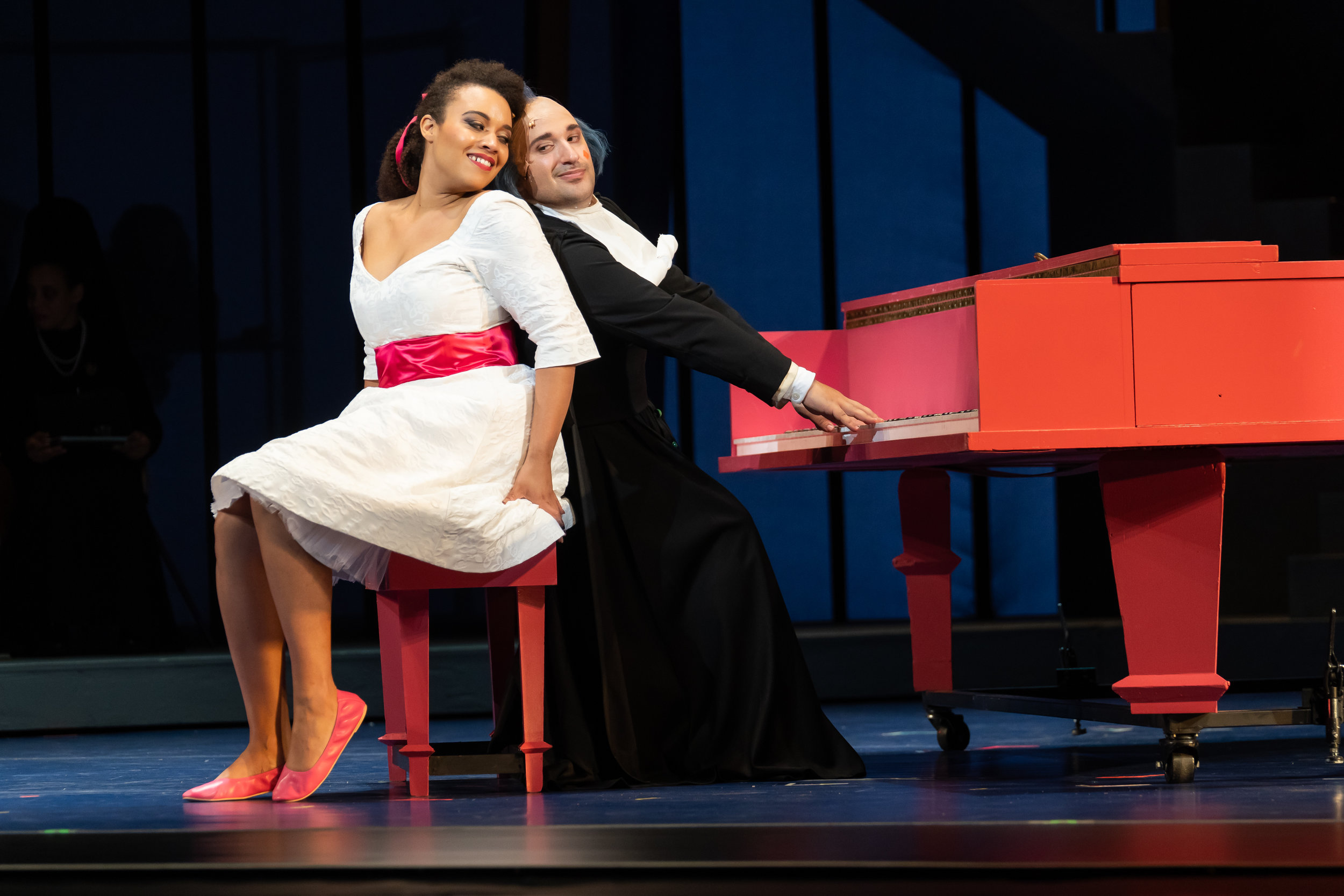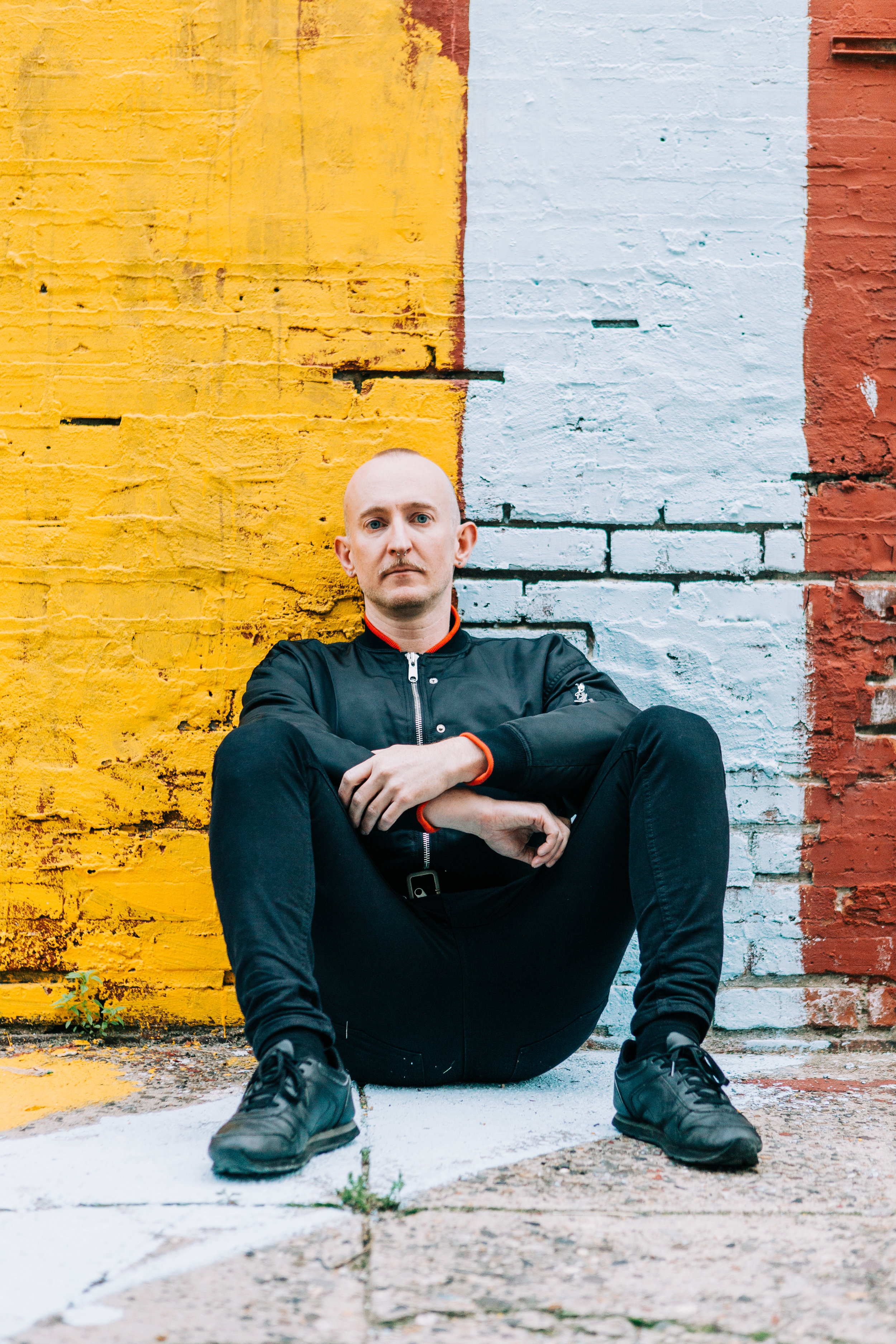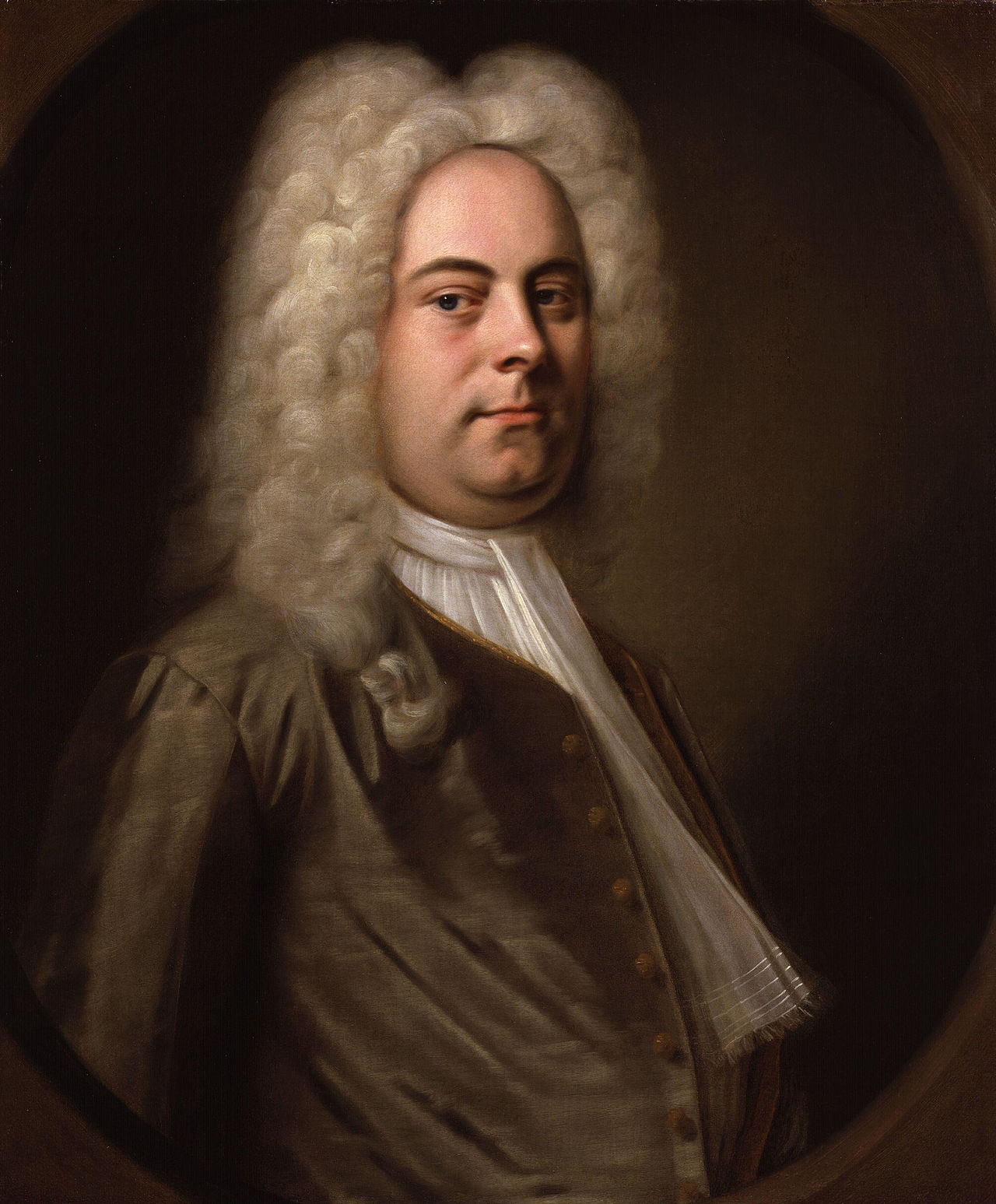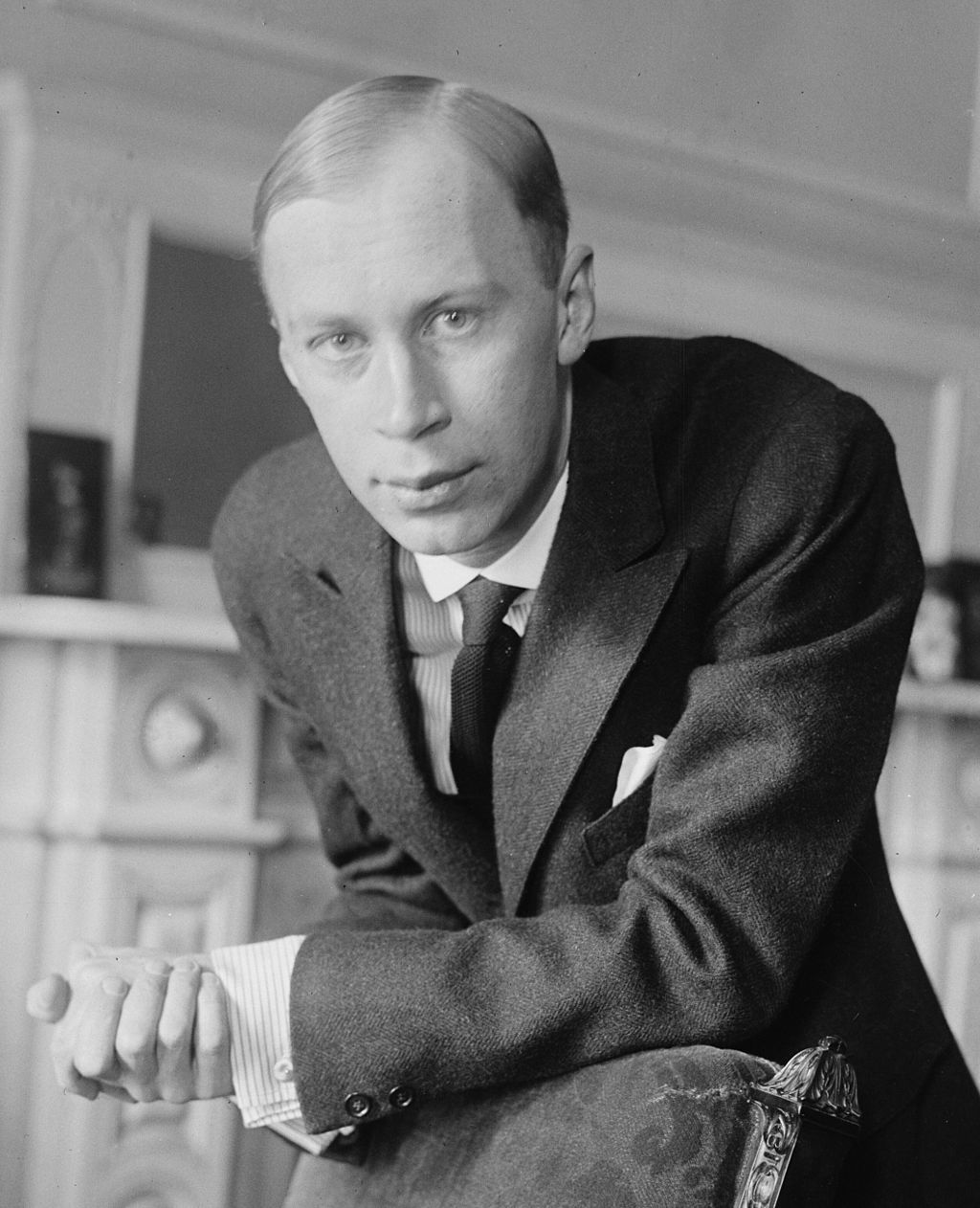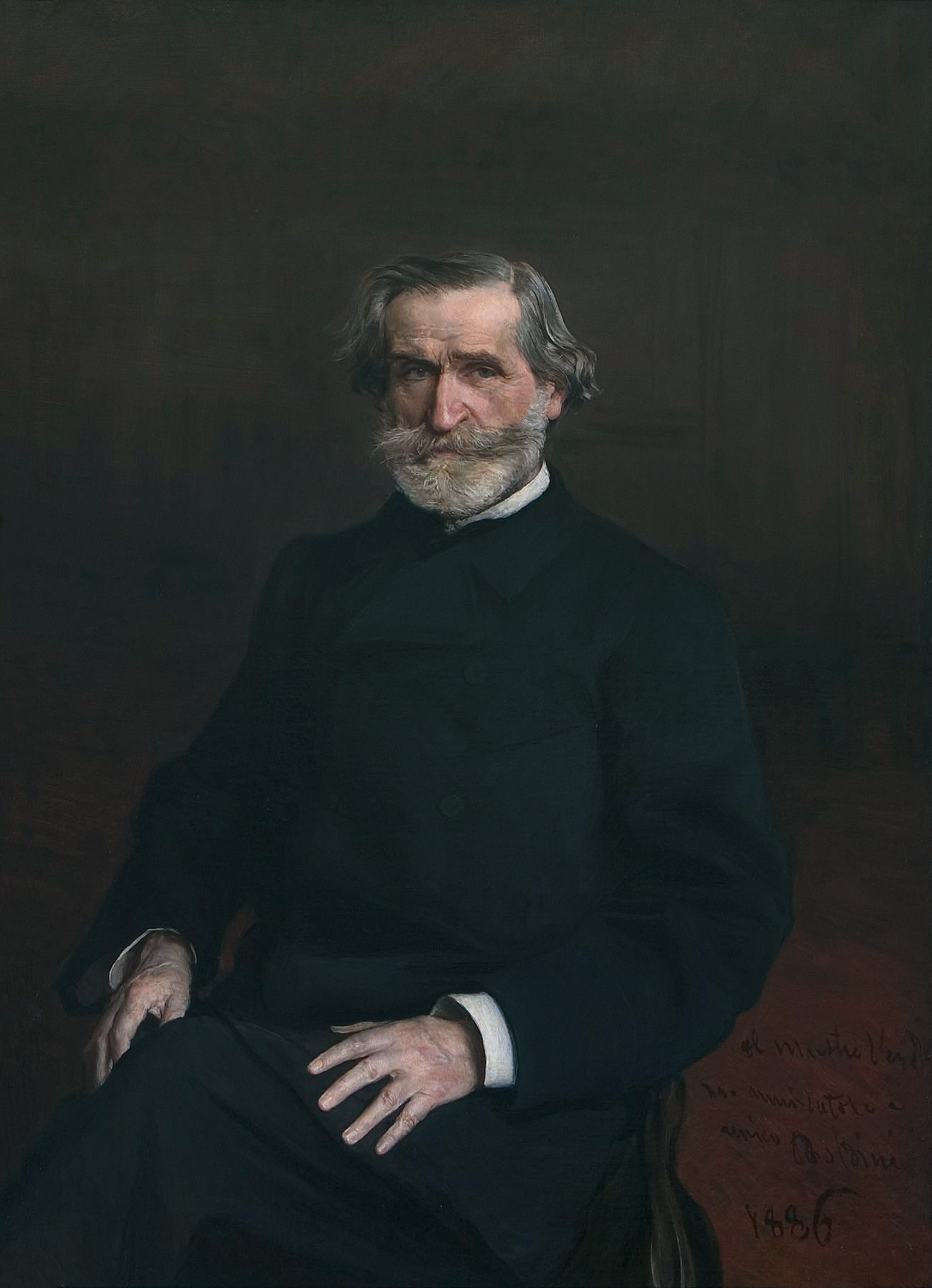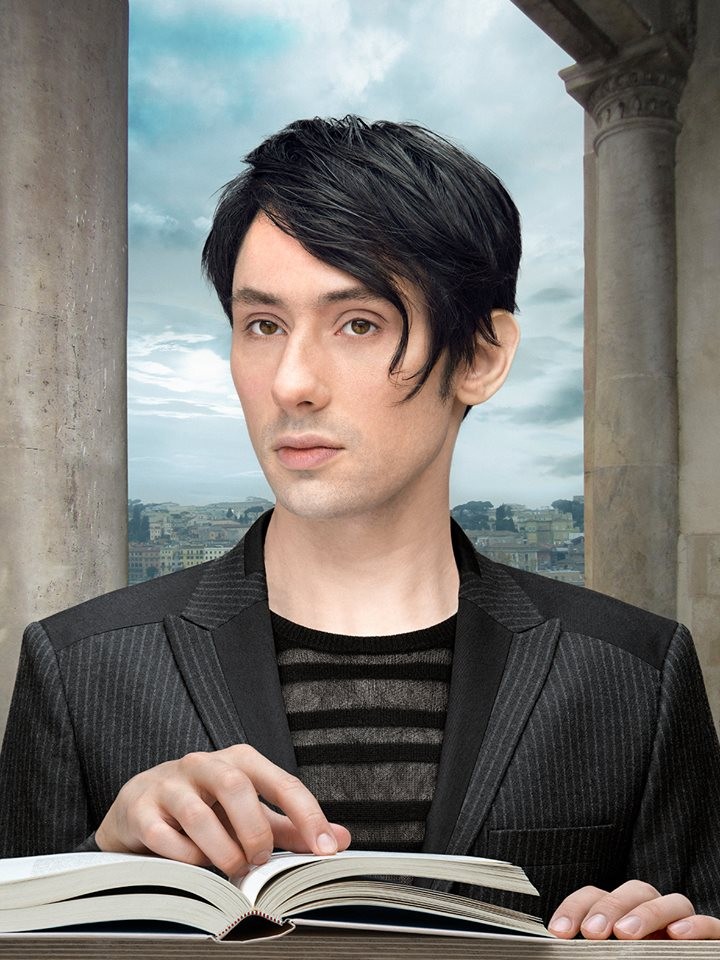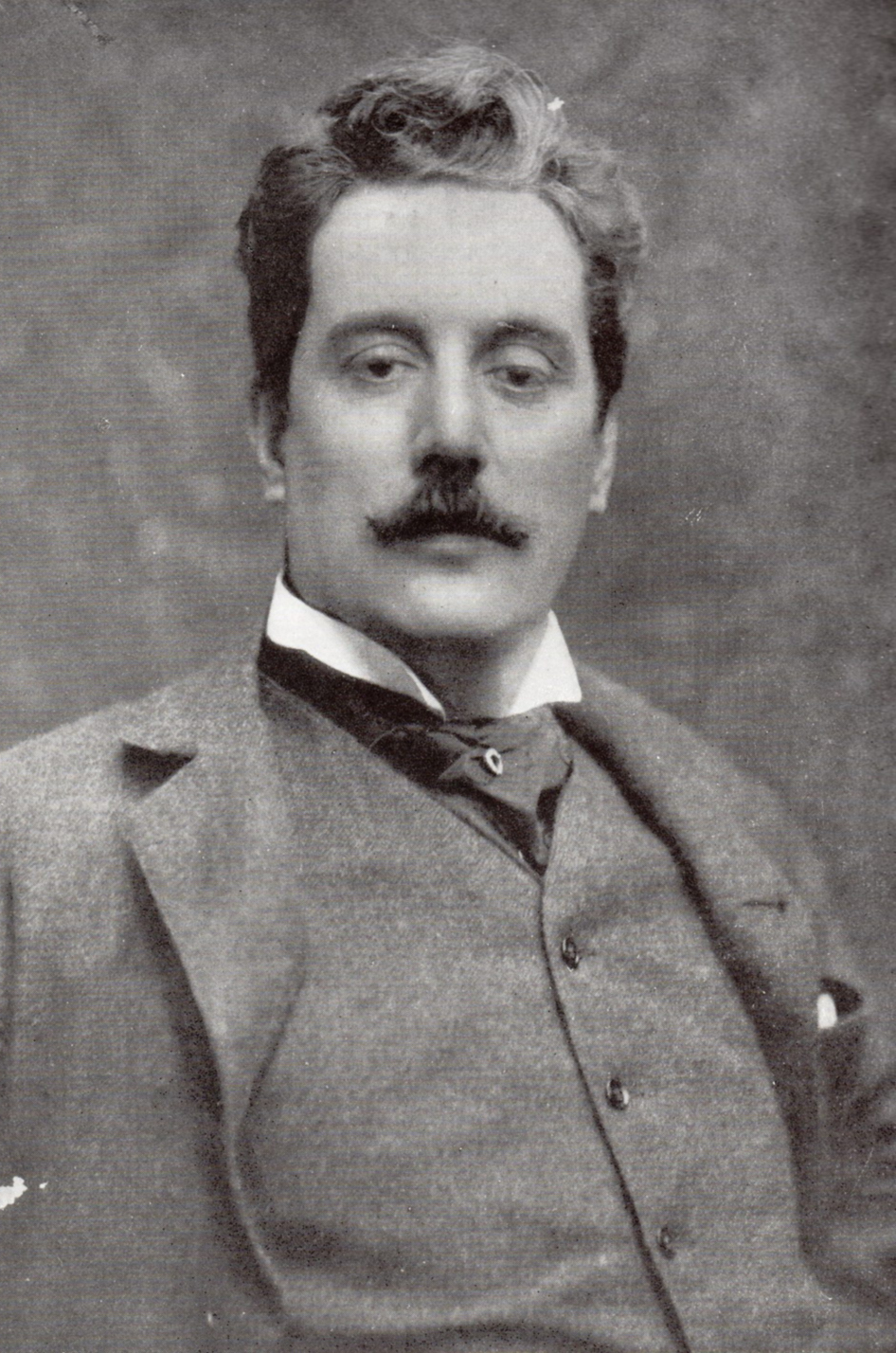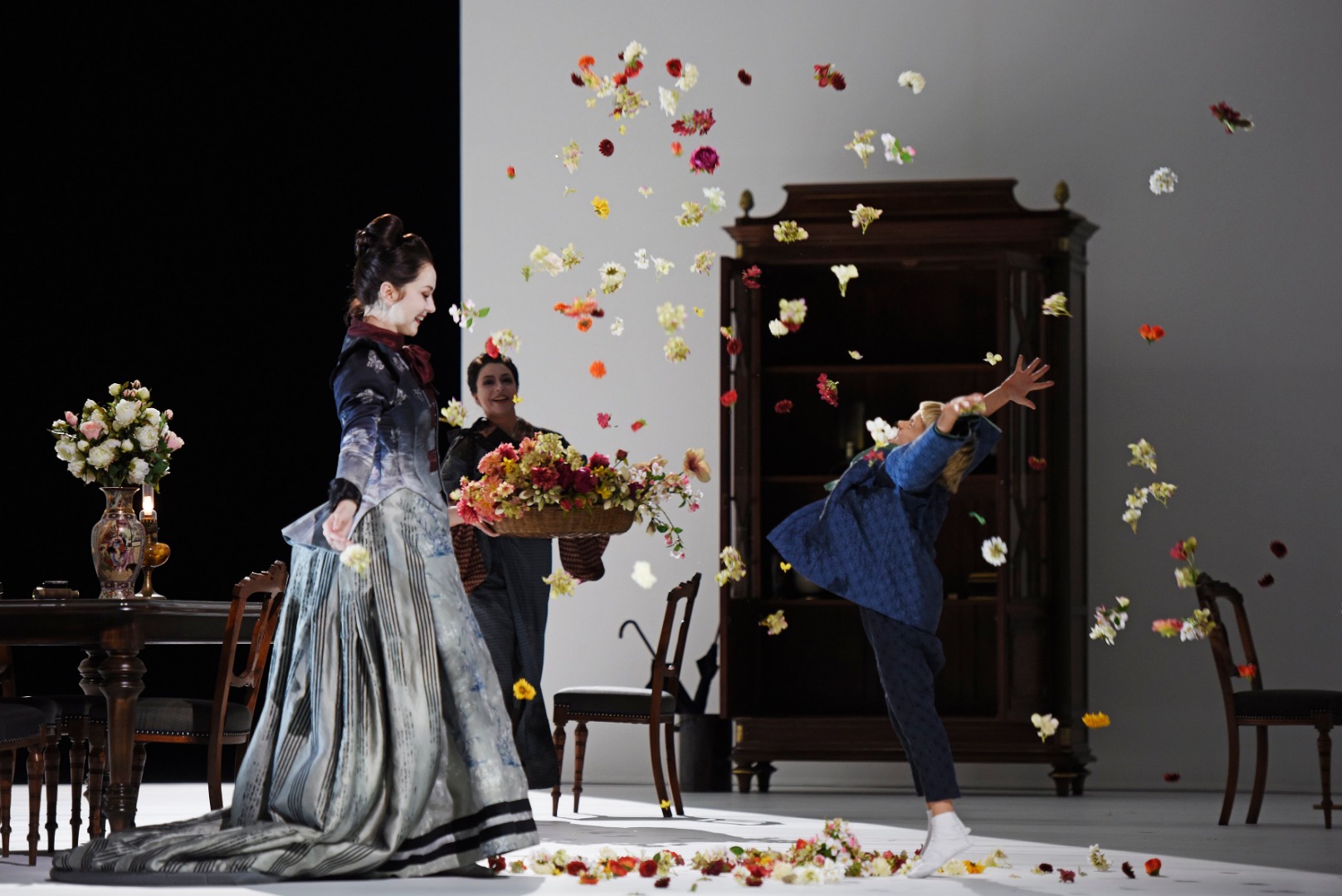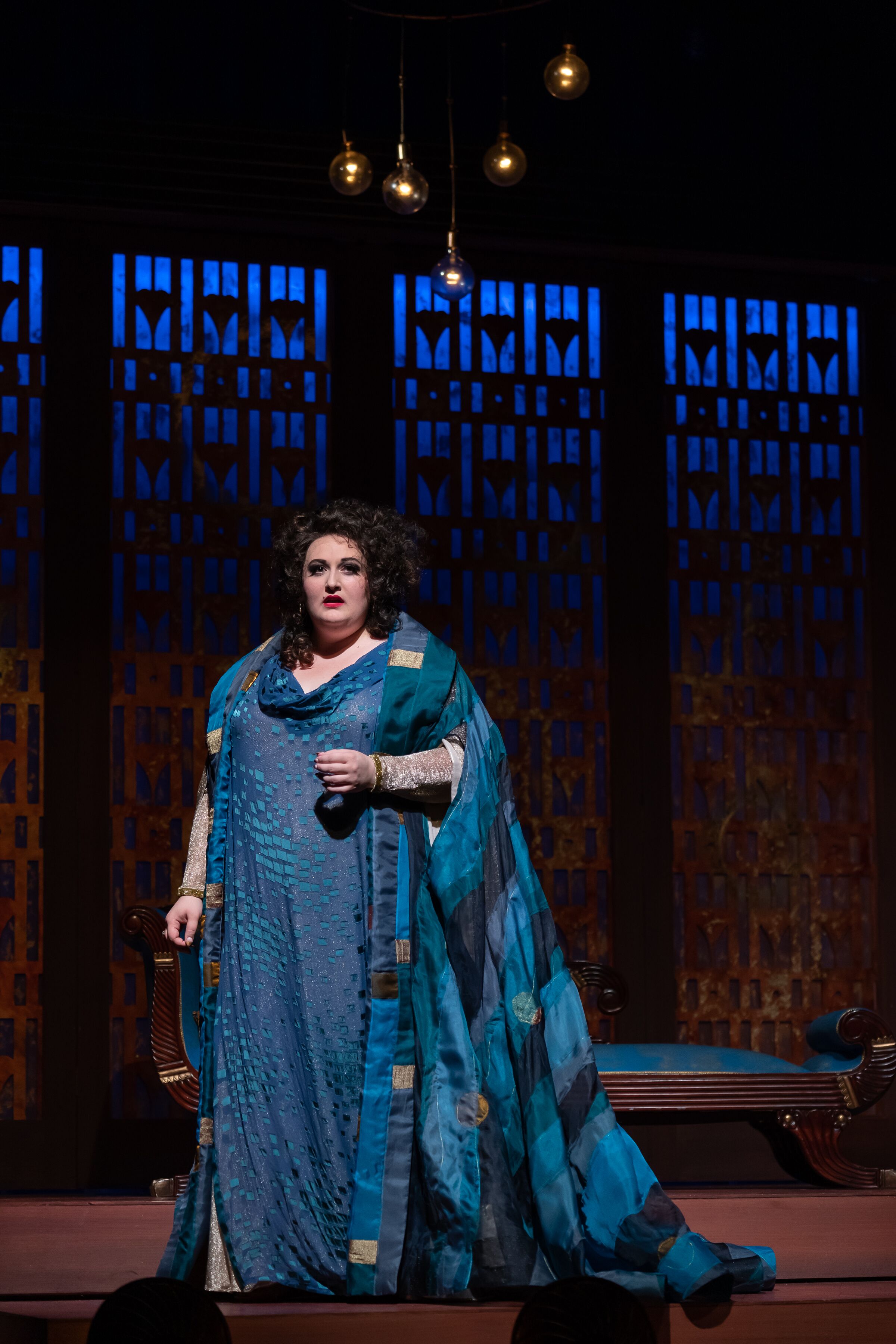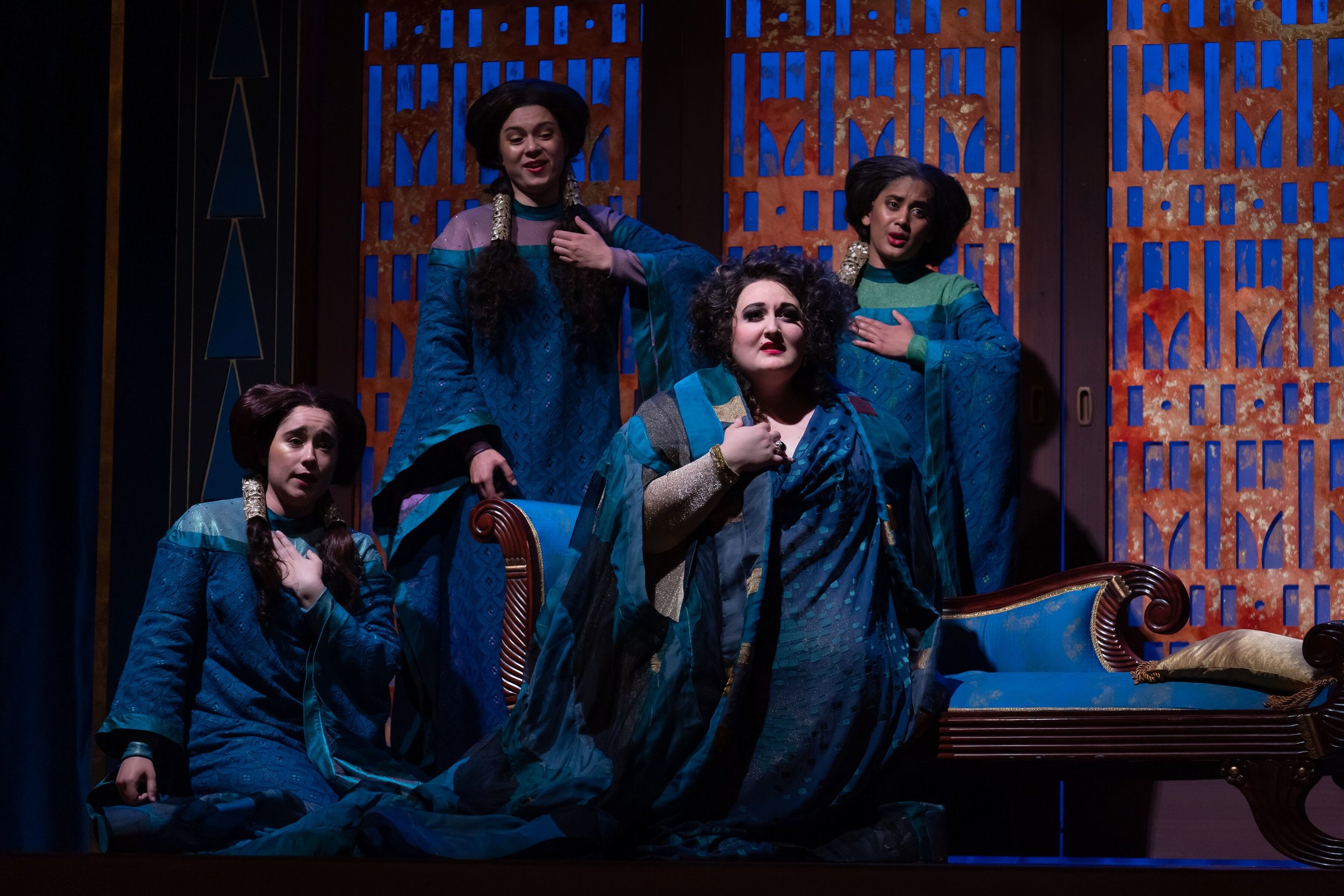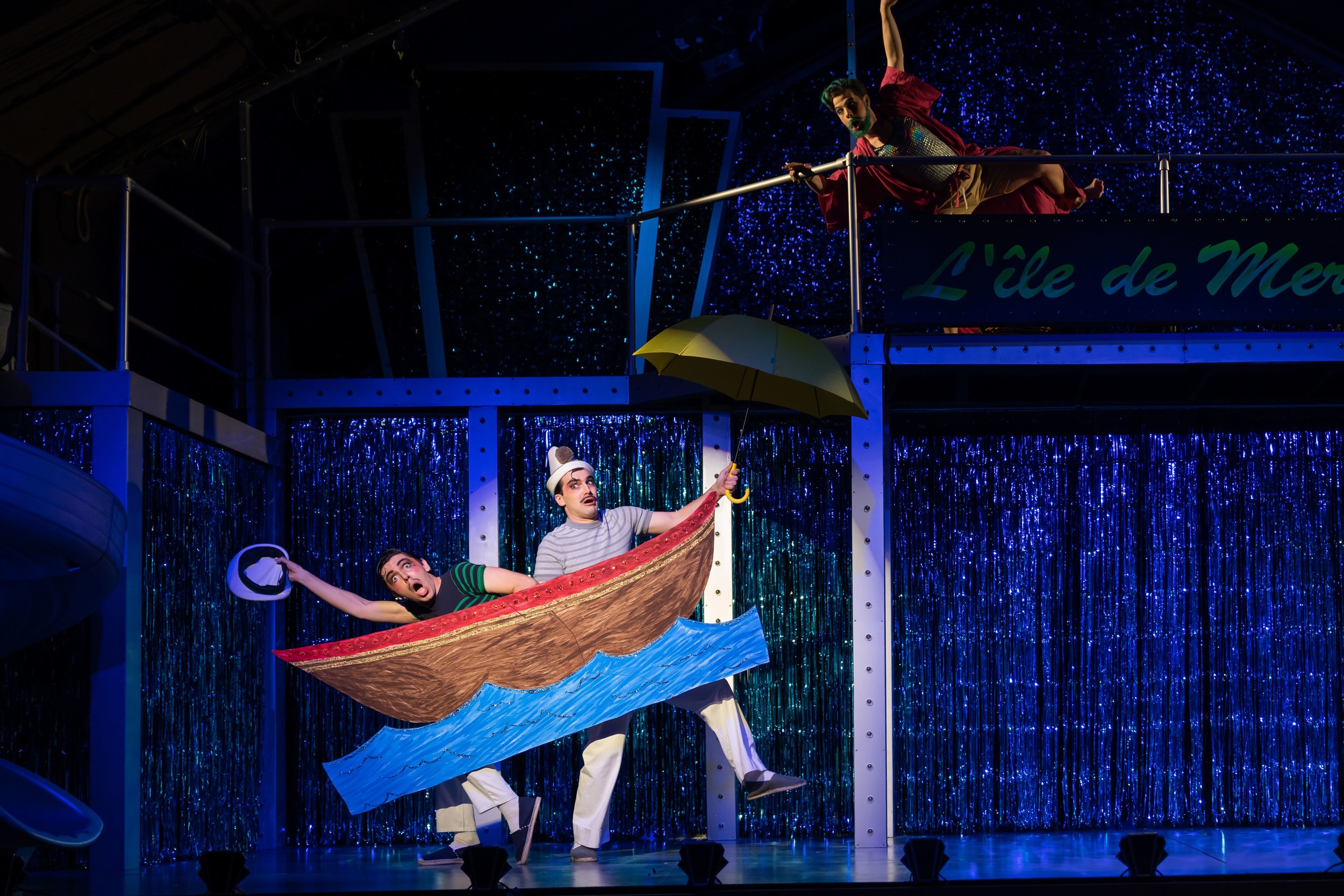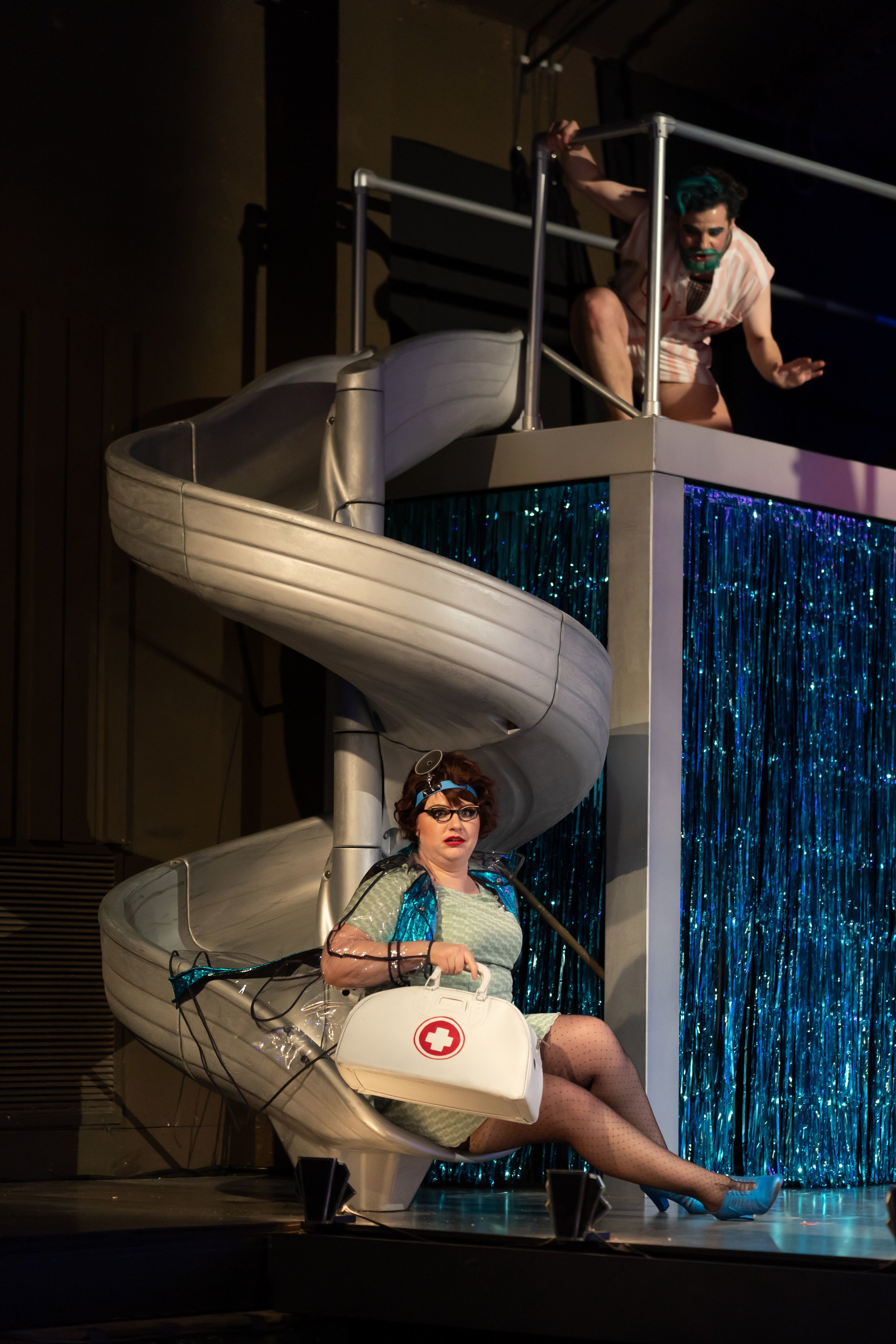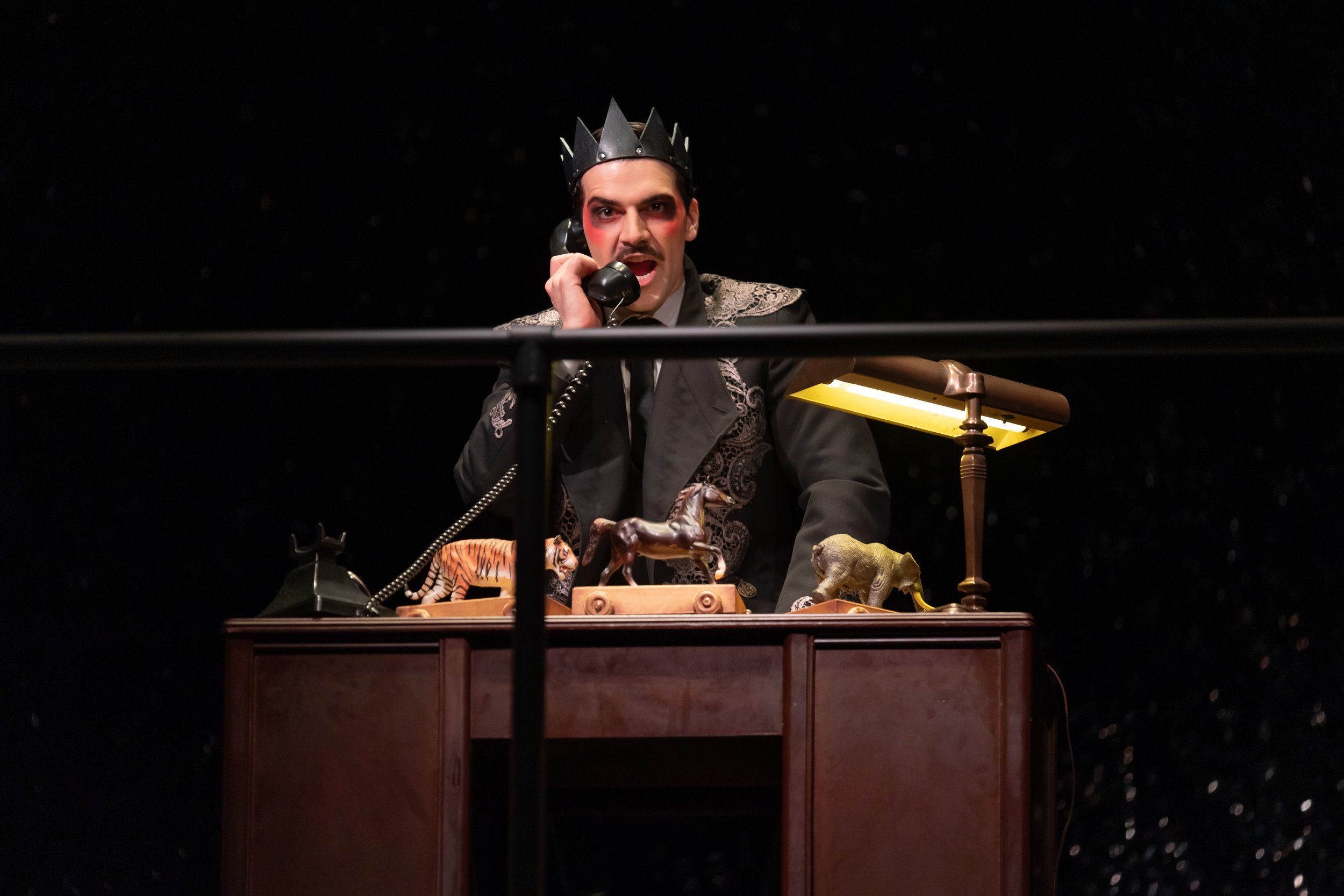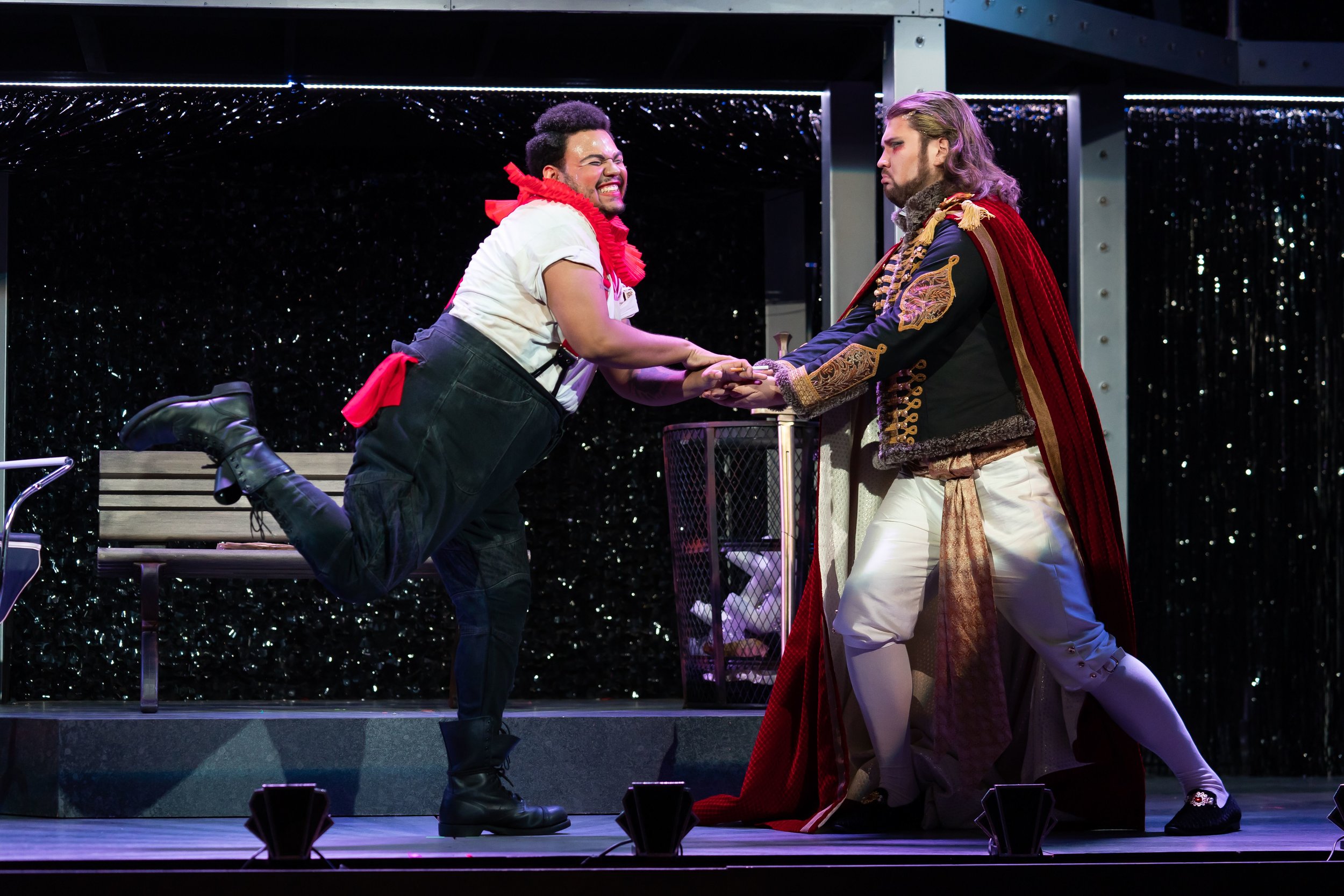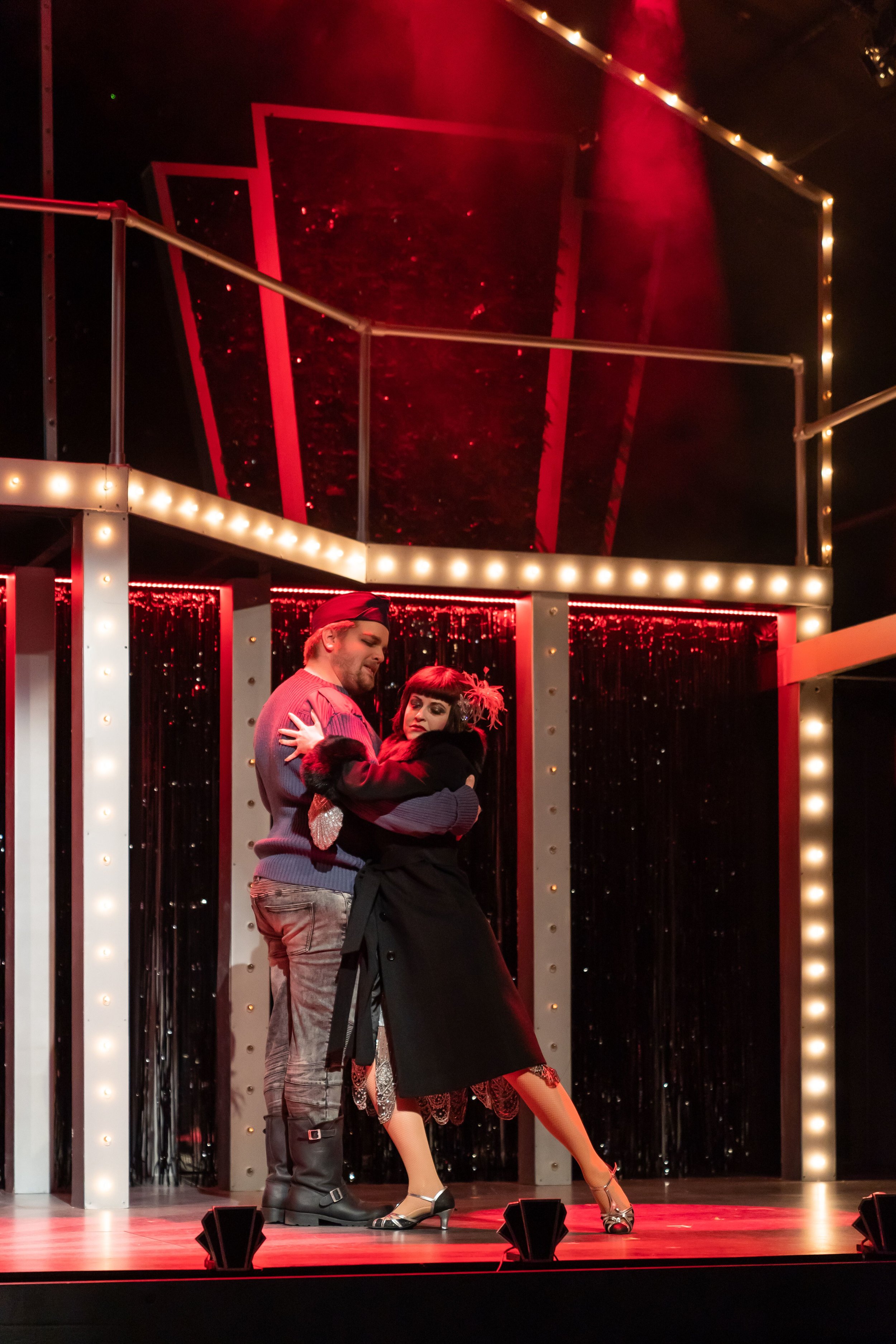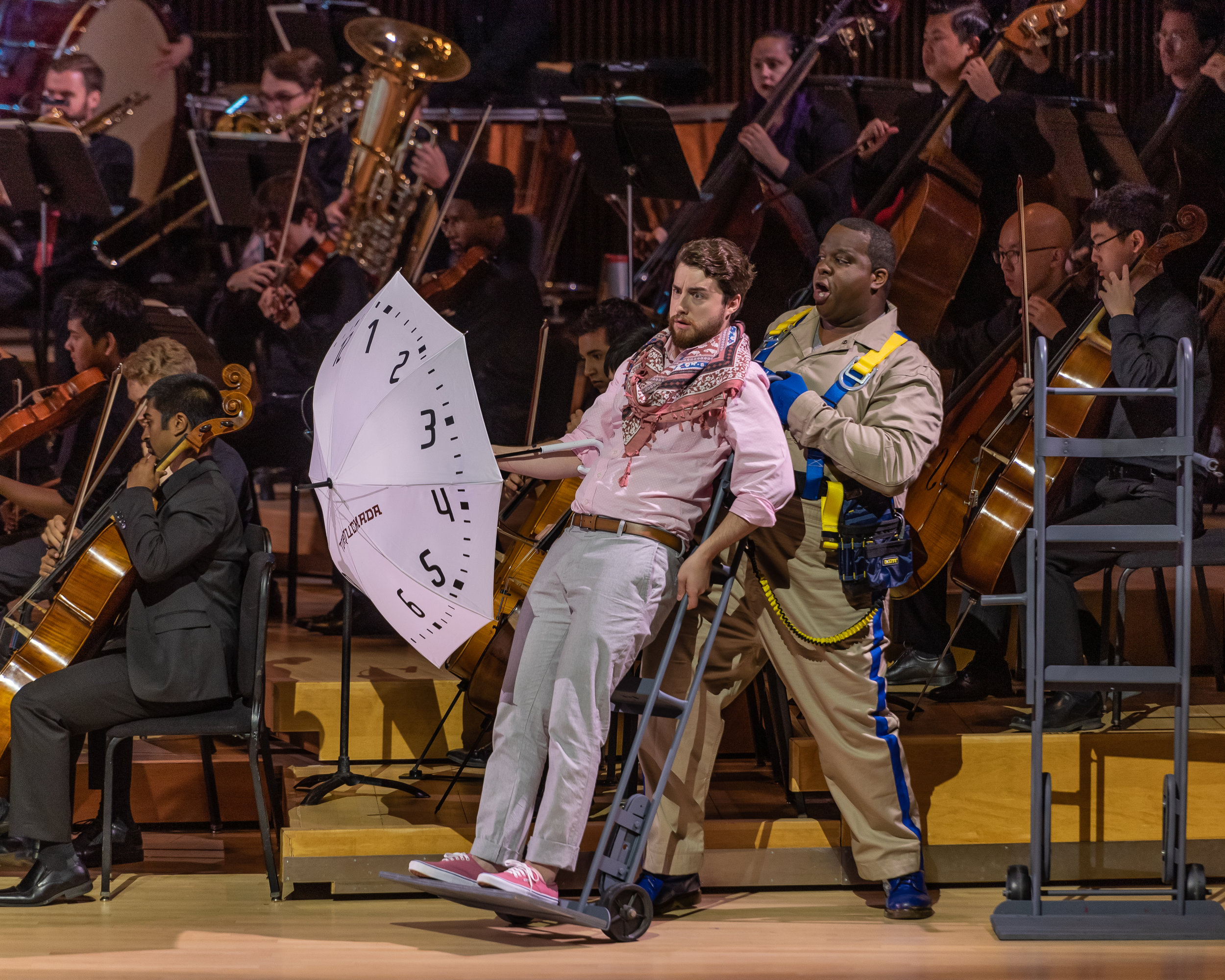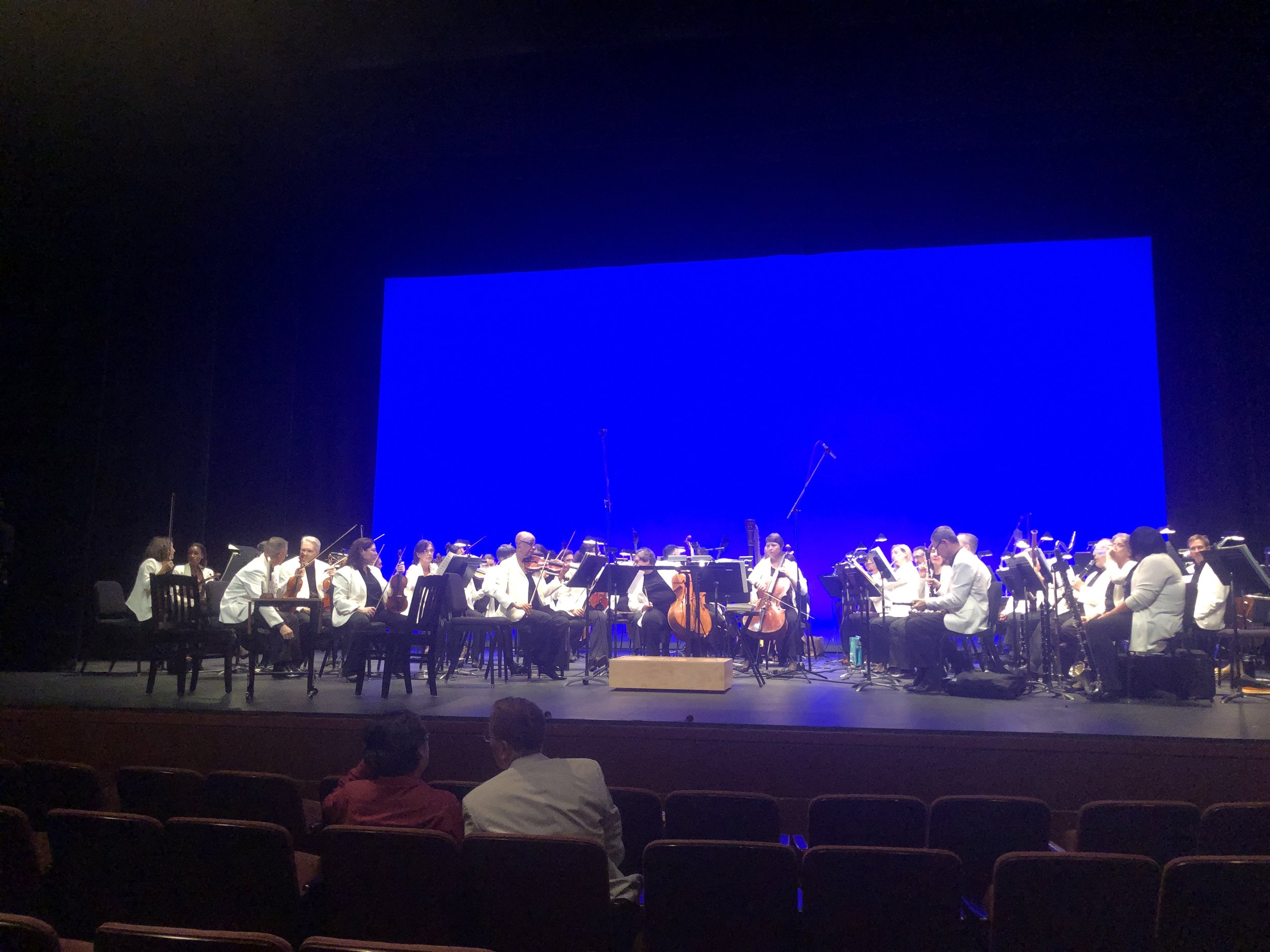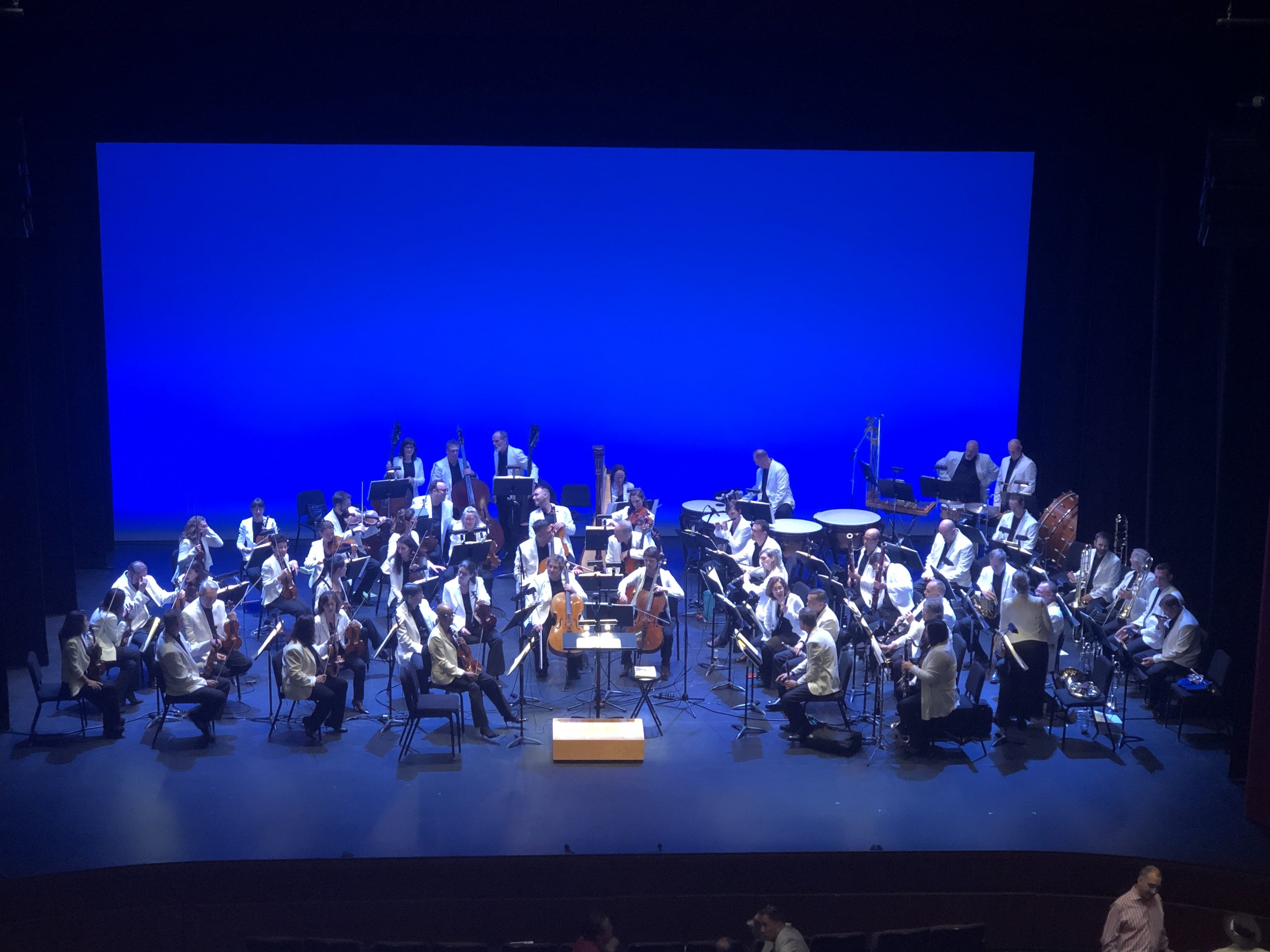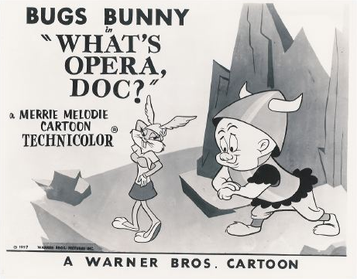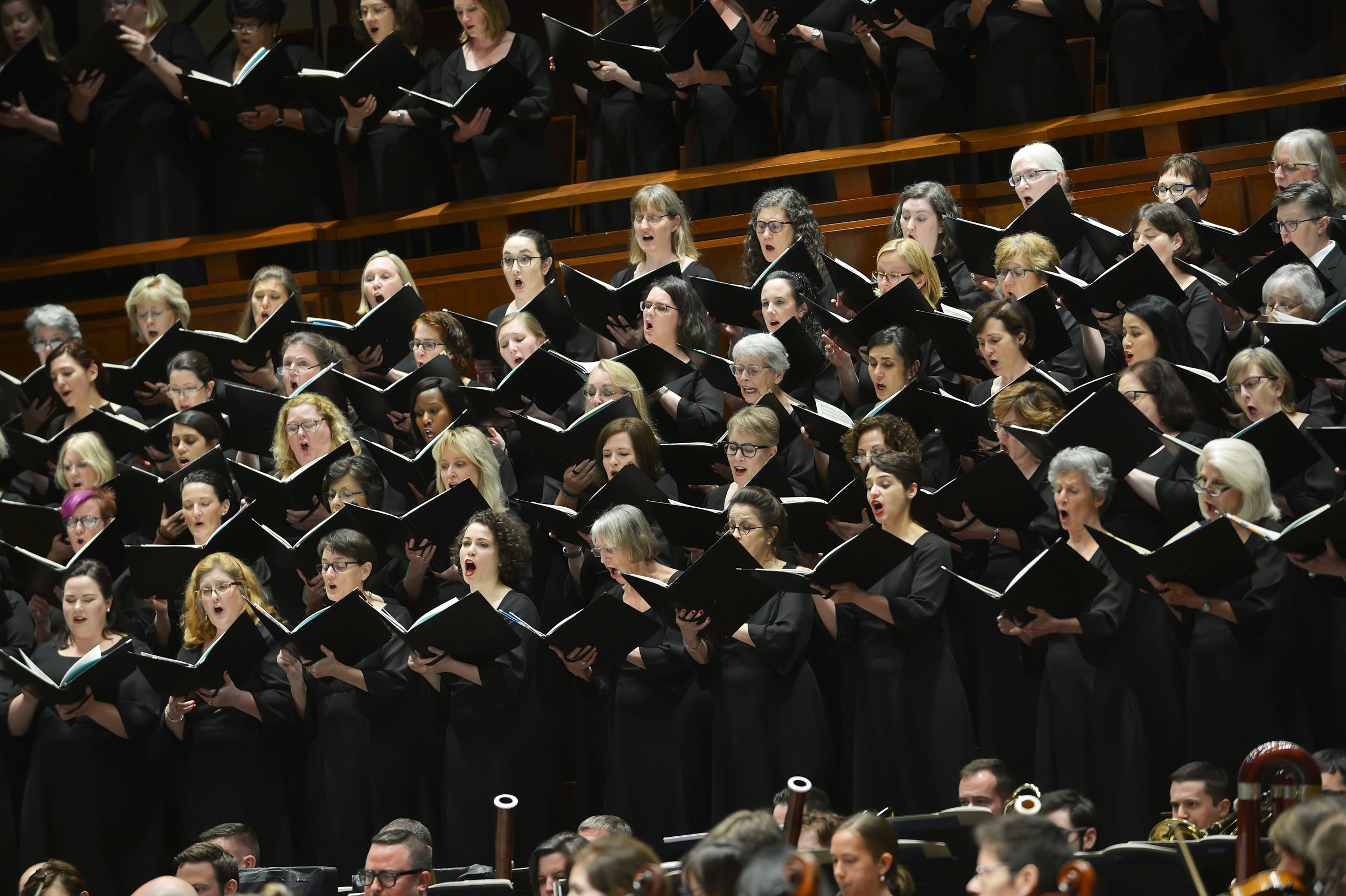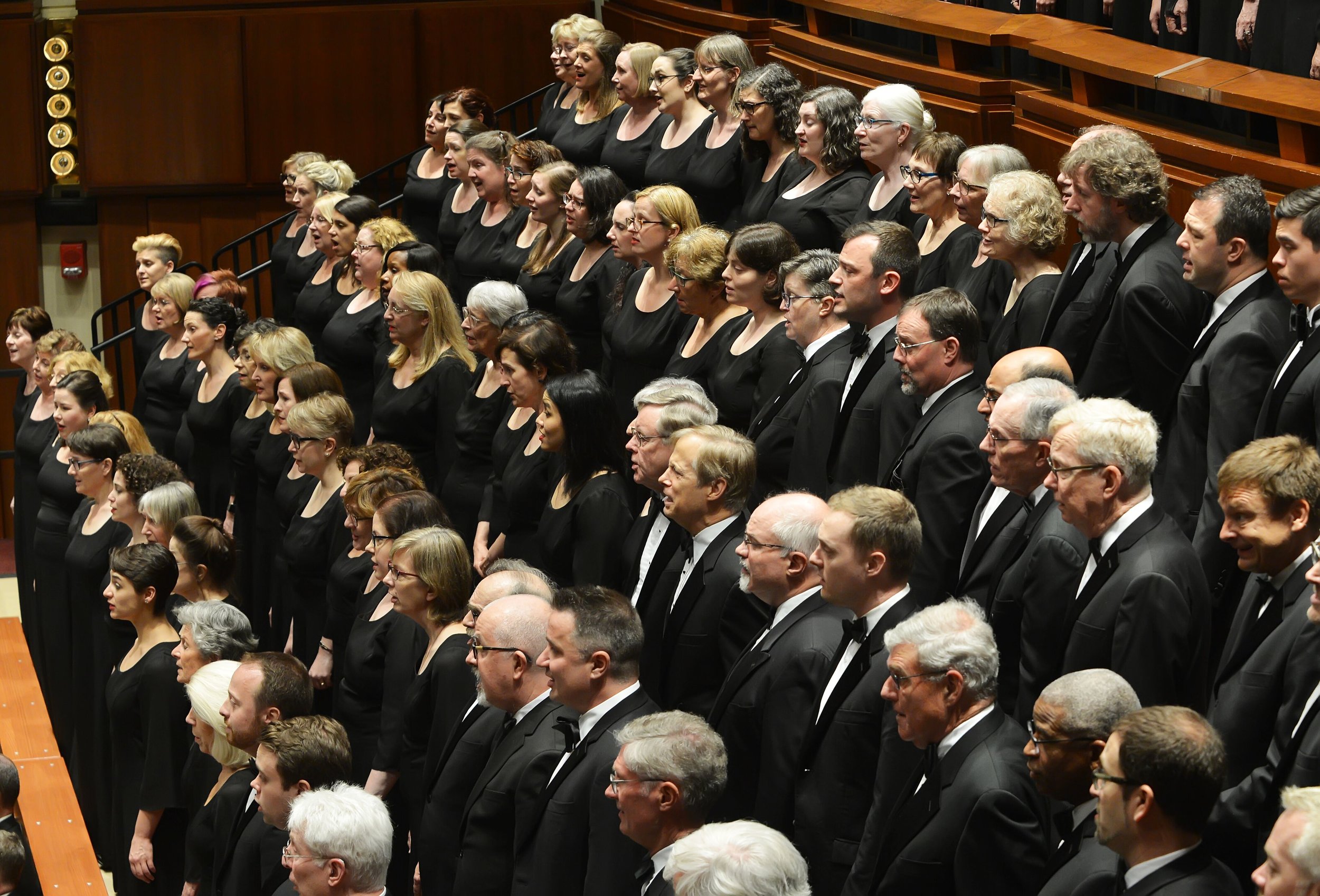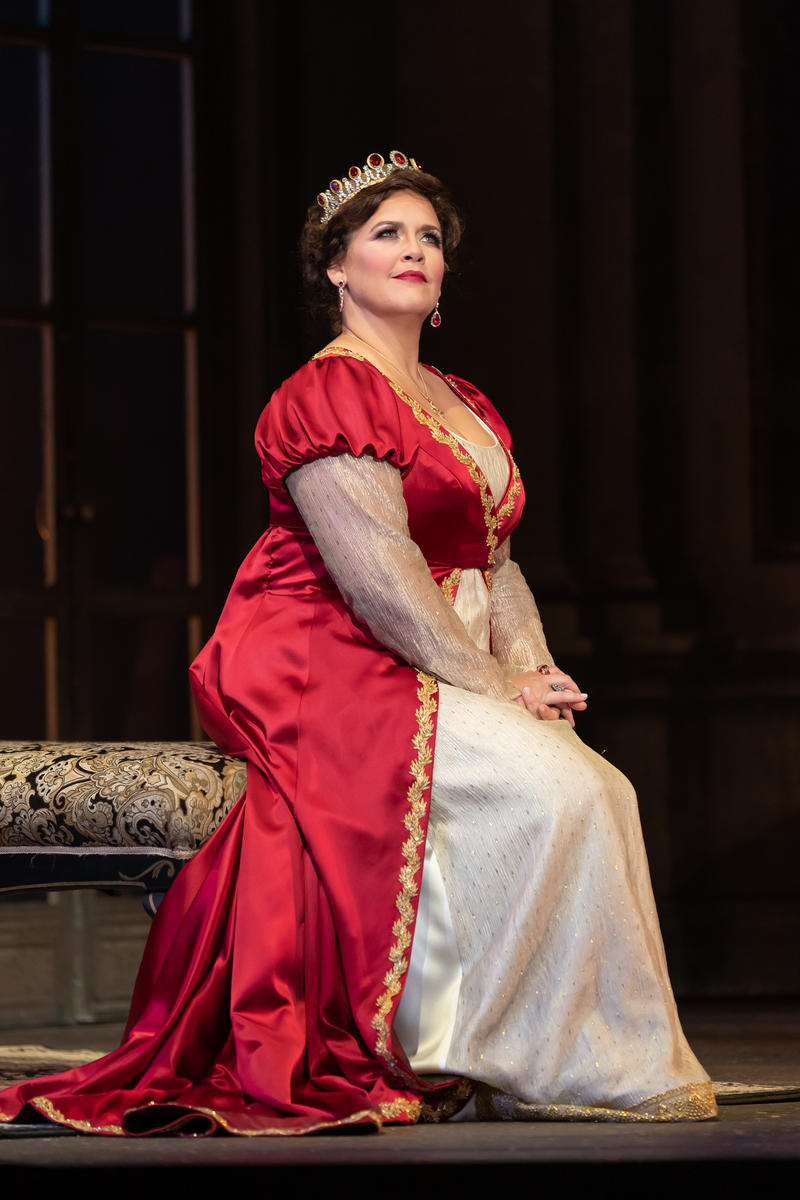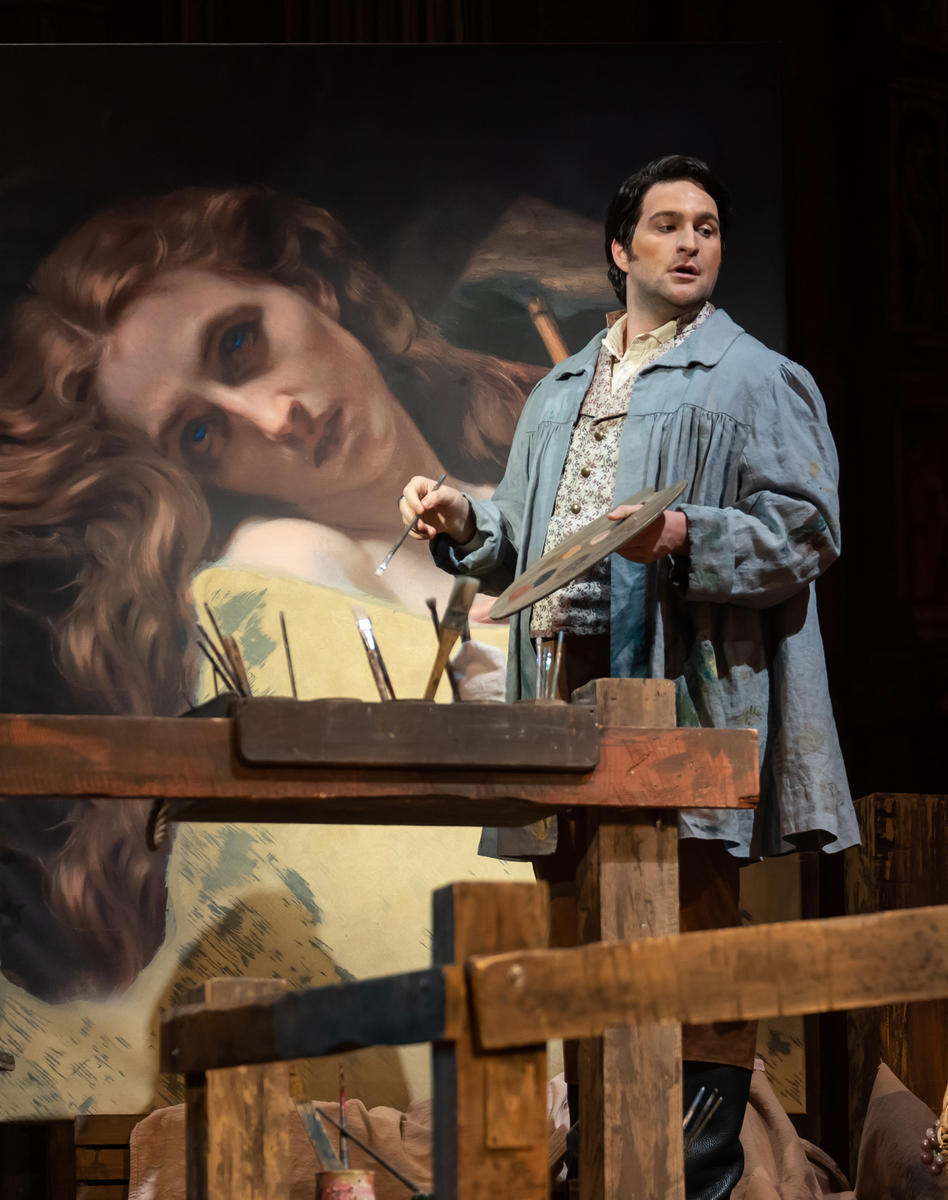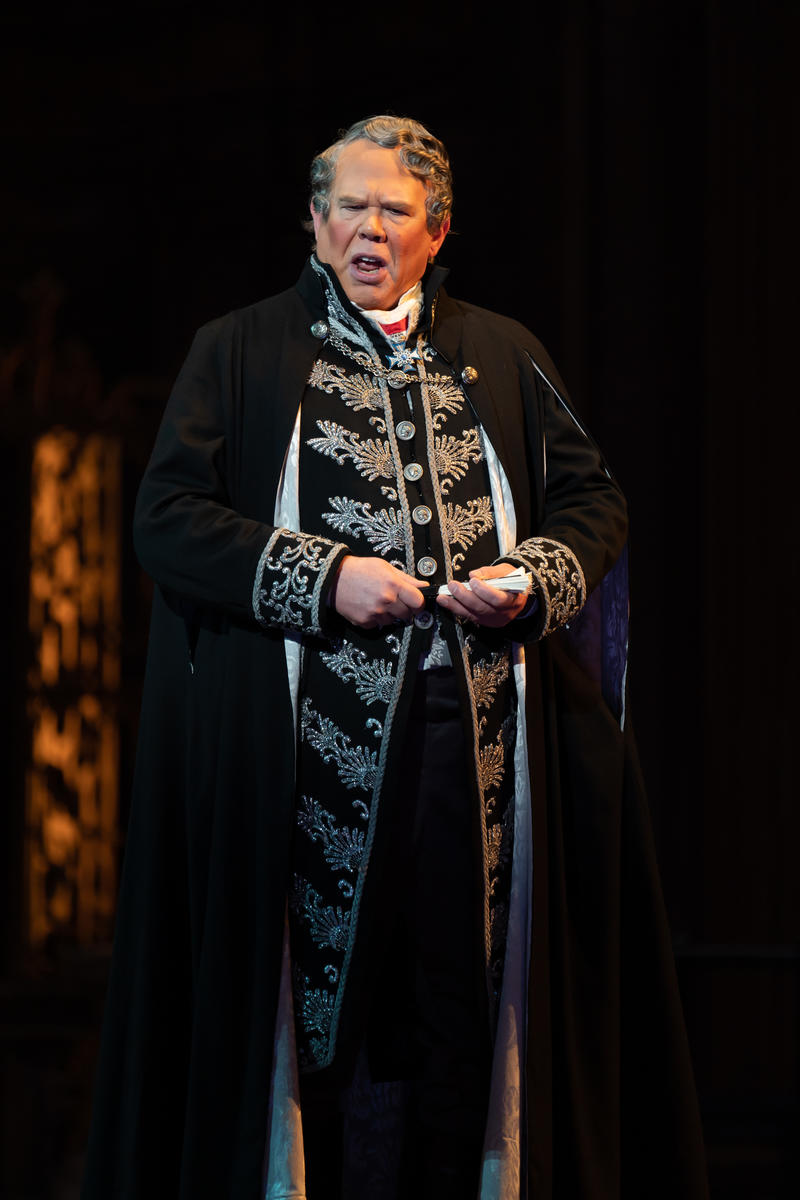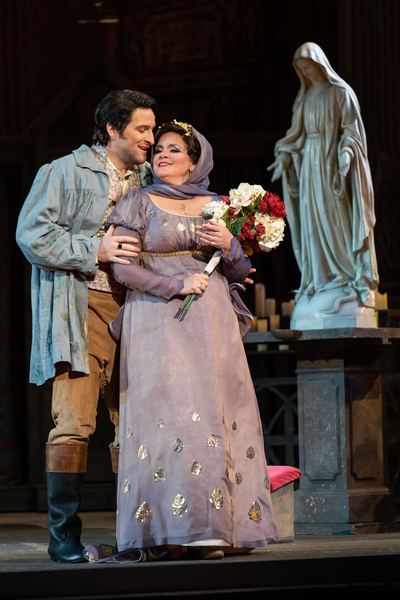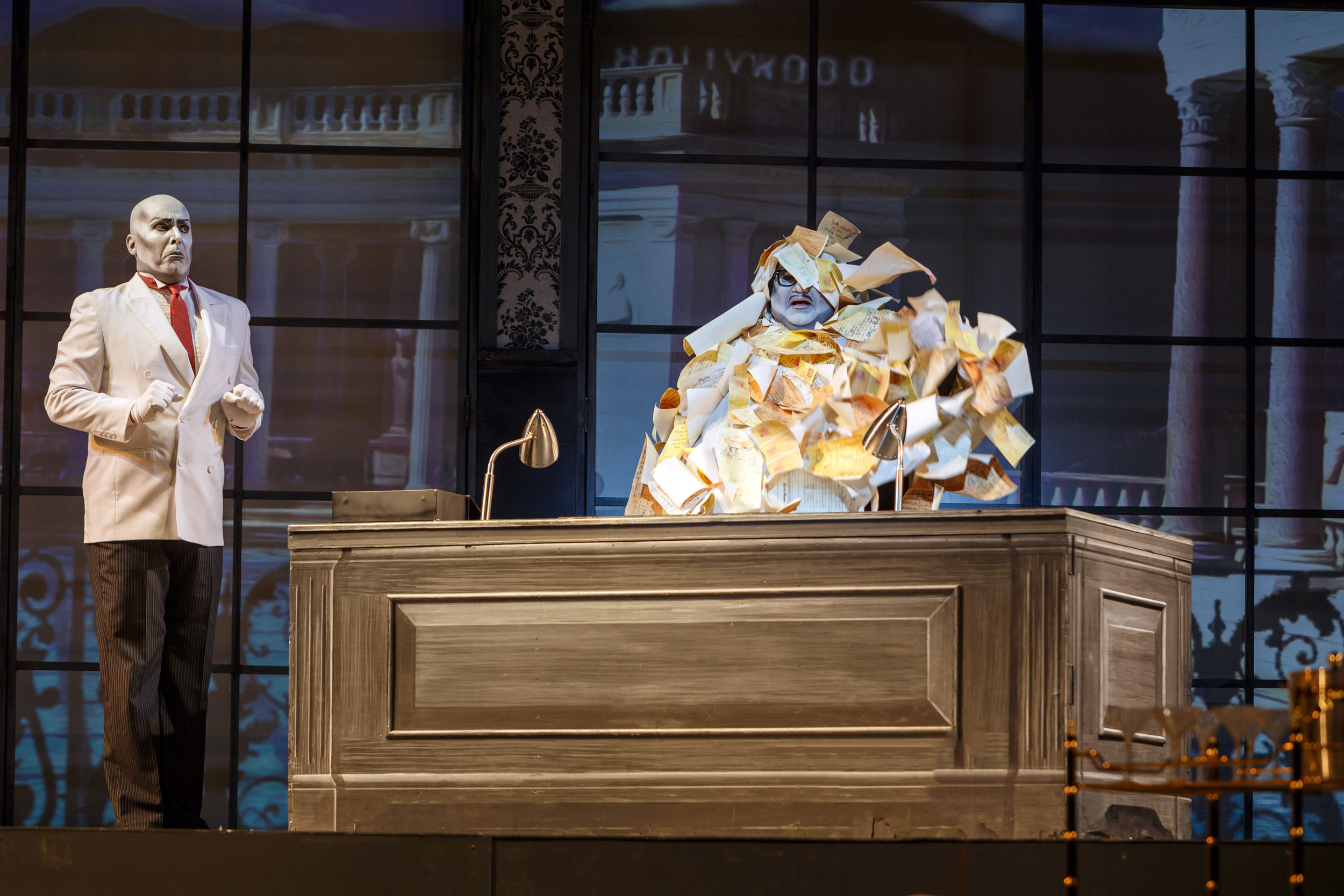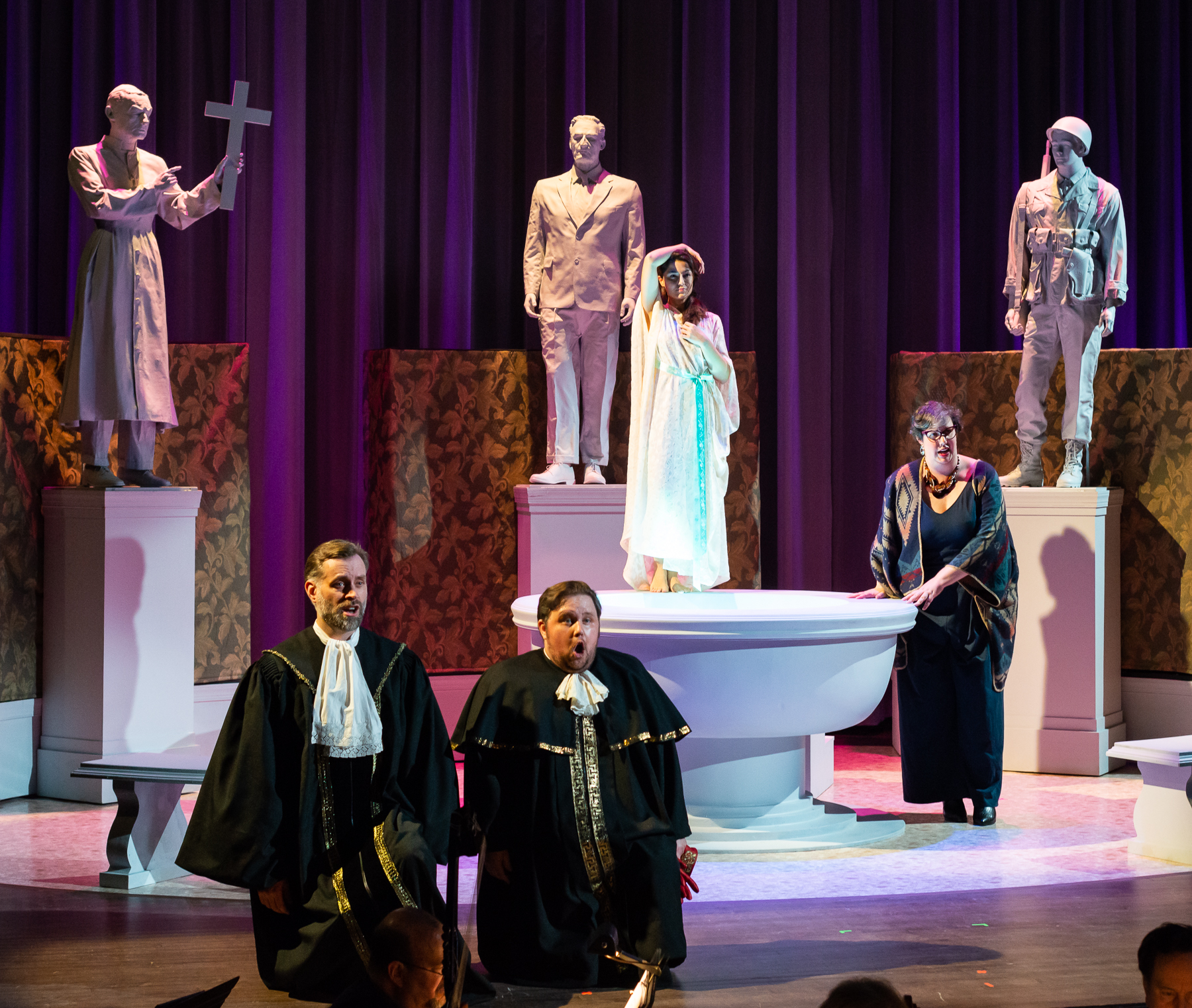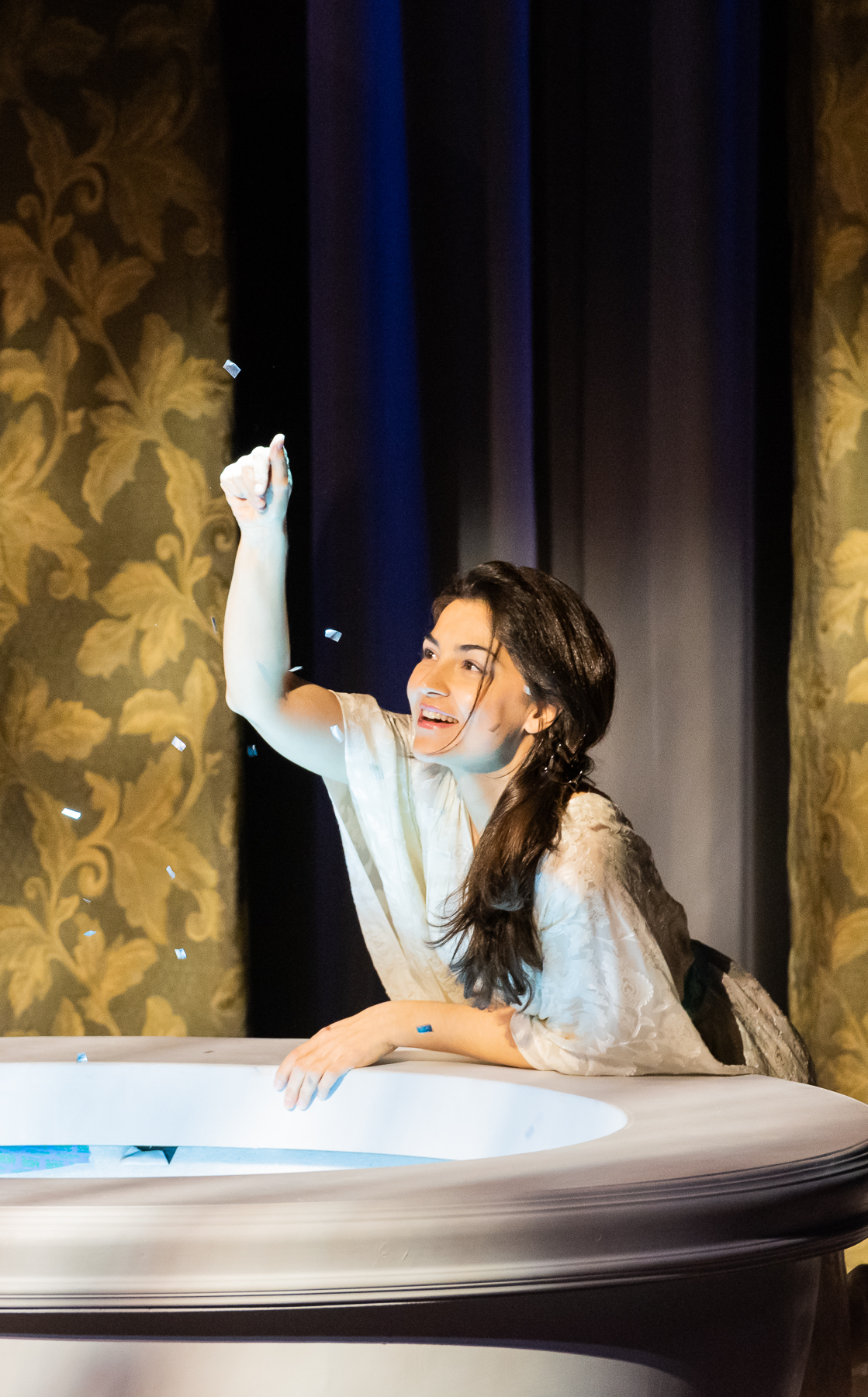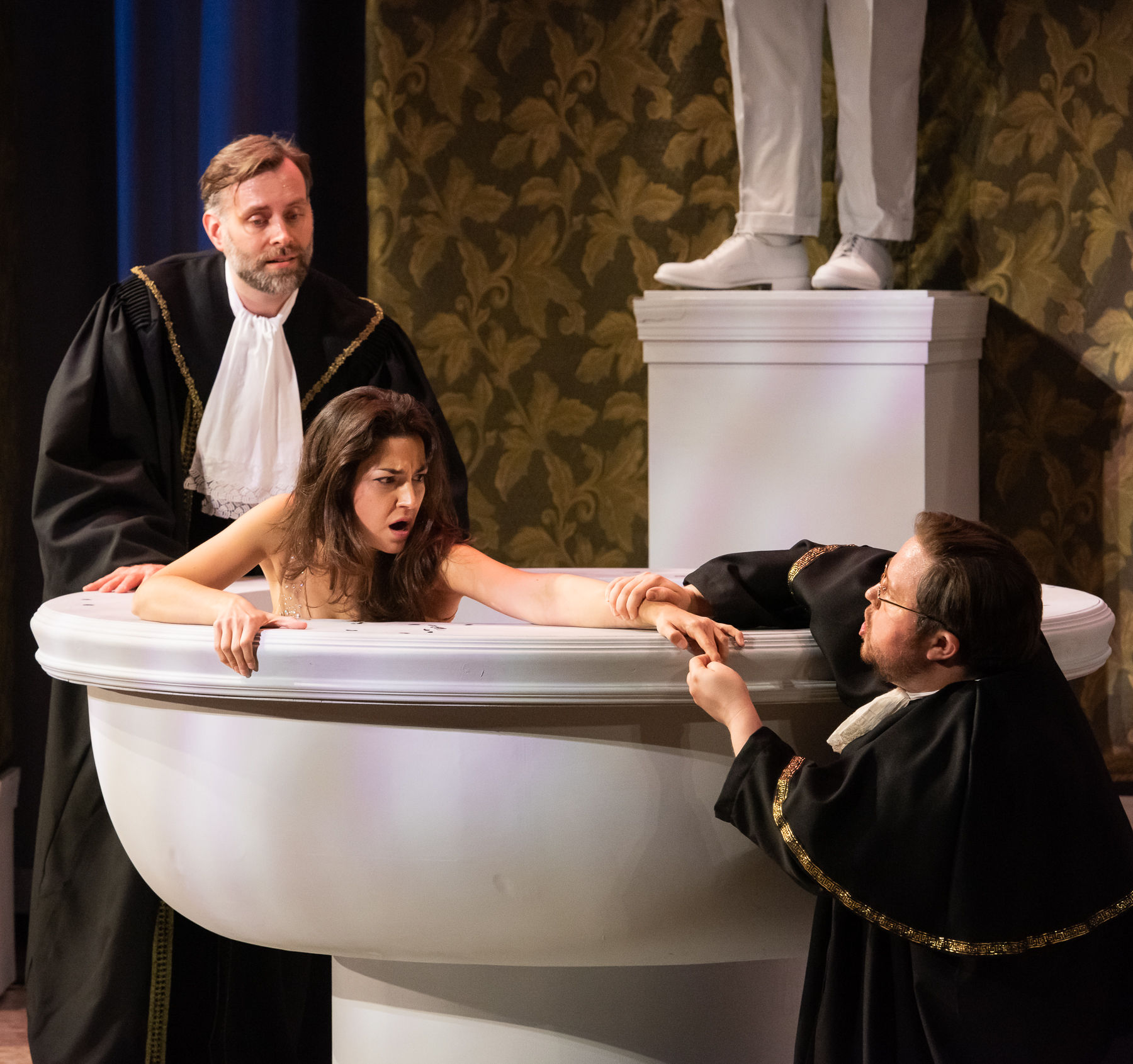A departure from precedent: OperaGene blog reports typically end with the The Fan Experience section covering the logistics of attending opera and the experience beyond the opera itself. My wife and I recently took a summer vacation in Santa Fe, New Mexico mainly to make our first trip to the nationally and internationally recognized Santa Fe Opera, a trip I have wanted to make since I began following opera. For this opera adventure, I think the fan experience is worthy of its own blog post. In parts II and III, I will report on the operas we saw, the premiere of a new opera, The Thirteenth Child, and a new production of Mozart’s Cosi fan tutte. My overall impression is that SFO is not a company willing to just stand on its laurels. I will have more to say about that, but first, what is it like to visit and experience the Santa Fe Opera? Below, we share the experience that my wife and I had.
I wonder if John Lennon’s song “Watching the Wheels” was written on a runway and the original lyrics said, “I’m just sitting here watching the wheels not go round and round”. We spent hours watching the plane wheels not go round and round. Photo by author.
Maybe it’s best first to deal with our really terrible, horrible, bad day – getting there. We dutifully arrived at the airport two hours early for our 8:30 am flight which was supposed to change in Chicago’s O’Hare before arrival into Albuquerque, NM a little after noon; Albuquerque is the main jumping off point for Santa Fe and worth some time there on its own. That was the plan, but weather can change plans when air travel is involved. We boarded on time and sat on the runway for an hour and a half; then, we taxied back to the gate; weather had closed O’Hare. We dutifully stood in the customer service line for forty-five minutes before being rerouted to a 6:30 pm flight through Dallas. That was the plan, lots of time at the airport to read, catch up on email and social media, and enjoy the crab cakes at Legal Seafood. We boarded the 6:30 pm flight on time and sat on the runway for an hour; then we went back to the gate for more fuel because weather required that a more southernly flight plan be followed, which also meant a longer flight than originally scheduled. Hopes for making our connection in Dallas withered. But in flight, above the clouds, the fading sun shone, and fortune smiled; and we arrived at our connection in Dallas three minutes before boarding began. Okay, we lost half a day to explore Albuquerque, but got there safely and in time to get a good night’s sleep and have a good breakfast at Frontier restaurant at the entrance to New Mexico University before heading our rental car north to Santa Fe. We will re-visit Sandia Peak another day. In retrospect, it was only frustrating, not terrible, not horrible, and a price we’d readily pay again to visit SFO; the flights home were on time and uneventful.
Frontier restaurant in Albuquerque, lots of local color and delicious, over-sized cinnamon rolls; counter service, and they keep their prices modest for the UNM students across the street. Photo by author’s spouse, Deb Rogers (fiammatravels.com).
I wanted to head up Interstate 25 for the one-hour trip to Santa Fe. My wife wanted to take the two-hour scenic trip up the Turquoise Trail (state highway 14), both for the scenery and to visit shops in several small towns along the way. New Mexico is home to 23 Native American tribes, nations, and pueblos; authentic, beautiful Native American jewelry and crafts are plentiful. No hurry, we had a couple of days before our first opera; so, we took the detour and visited the shops in Madrid about half-way to Santa Fe. Madrid is an old coal-mining town, now home to an artist enclave; the movie “Wild Hogs” was filmed there. If you look past the touristy façade, the art and jewelry offerings are impressive, a pleasurable detour with interesting snack bars and restaurants, only as expensive as you make it, and the scenery along the way makes it worth it as well. American southwest landscapes are spectacular.
The highway heading up the Turquoise Trail, a shop in Madrid, and a church in Los Cerrillos. Photos by Deb Rogers.
We suggest five outstanding reasons to make the trip from Washington DC to Santa Fe: the Santa Fe Opera of course, excellent Native American Museums, the Georgia O’Keefe museum, Native American jewelry and art, and the food; order the reasons as you prefer. You can spend a little or a lot, as your budget and preferences will allow. The Native American artists who line the front of the Governor’s Palace each day offer authentic works in many price ranges; the shops that form the rest of the Square for a couple of blocks deep also have offerings in many price ranges, with many specializing in the very high end, as in astronomical. You are bound to spot items you love and maybe even can’t live without. The hotels also range in décor and price. We stayed in Chimayo Hotel de la Santa Fe, an older, mid-priced establishment that exudes southwest charm, only a block off the Square. We ate at Geronimo, Cafe Pasqual’s, and Tia Sophia’s, but also made it out of the historic area into the surrounding city to some less expensive specialty spots like Clafoutis for breakfast (try a bowl of coffee) and Back Road Pizza for pizza with a corn meal crust. Santa Fe is home to one of St. John’s College’s two campuses. Our son graduated from the Annapolis campus in 2018, so we just had to drive by the Santa Fe campus, attractively nestled in the surrounding foothills, to have a look.
The Governor’s Palace on the Square with Native American artists selling their wares (photo by Deb Rogers), the adobe exterior of Cafe Pasqual’s (if you want breakfast there, arrive before it opens; photo by Deb Rogers), and elegant dining at Geronimo (photo by author).
We love Sante Fe, its people and vibe and own distinctive style, and have visited many times in the past, but not for at least 10-15 years, and before opera was a thriving interest of ours. This trip was primarily about opera. Santa Fe Opera is located about five miles north of the city with easy access via highway 84 and Opera Drive or a couple of backroads, if you are adventurous. As you move away from the heart of the city, you are quickly into the vast expanse of sky that New Mexico offers. The SFO program book includes this statement, “We acknowledge and pay deep respect to the people, elders, and ancestors – past, present, and future – of the Tesuque Pueblo whose beautiful lands have provided the stunning backdrop for our theatre and performances for over sixty years.” We arrived as soon as they opened to take in the scenery and to get a parking place that might make egress go more quickly. Before long, people and tailgate setups were appearing; we had heard about the tailgating tradition at SFO, but some were astonishingly elegant. I expect to see the occasional tuxedo at the opera, but not crystal and candelabra. In general, the SFO patrons were dressed in a casual style, though not tank tops and shorts.
Scenery from the SFO parking lot: an eastern view, an arresting tailgate setup, and the exterior of the Crosby Theatre. Photos by Deb Rogers.
The first night we attended the pre-opera dinner and talk, priced at $70 each that included an elegant buffet dinner and wine. Our dinner table mates included a young couple from just north of Taos and a couple from Albuquerque nearer our age range; neither couple was deeply into opera but had come to see if they liked this new opera and for the experience. Just an impression, but the average age of the audience seemed younger here than in most major opera houses. What sort of folks attend opera at SFO? One of our dinner companions, a young woman, immediately offered up an umbrella when the dinner speaker first began to get hit by a passing rain shower, and two gentlemen nearby sprang to the front to cover him with umbrellas for the remainder of his talk. The excellent talk was given by Don Fineberg, an MD who practices psychiatry in Santa Fe and has a special interest in opera and psychology. For our second opera, we attended the pre-opera talk one hour before the performance; SFO also offers a pre-opera talk given two hours before the performance. Held in a lecture room, it was given by SFO dramaturg, Cori Ellison, and was also highly informative and insightful.
Rain bands moving in the vicinity finally made it over our speaker, and two gallant gentlemen came to his aid. Photos by Deb Rogers.
The Crosby Theatre of the Santa Fe Opera, which seats about 2,000 patrons is an open-air structure on each side and at the back of the stage and front as well. The design is modern and attractive. Sunsets and thunderstorms become part of the opera experience. We only got passing rain showers each night and the sunsets were beautiful. The wind picked up the first night and made it a little chilly. So, take a light sweater or jacket, or buy an SFO sweatshirt or throw from the gift shop.
A side view towards the stage (photo by author), a side view towards the balcony (photo by Deb Rogers), and a photo of the back of the seat screens offering subtitles in English and Spanish (photo by author).
Our seats the first night were center orchestra, five rows back from the stage, close to the stage, but no problem seeing the subtitles because, like the Met Opera, the screen is on the back of the chair in front of you. These are great seats (about $200 each) for seeing the faces of the performers, the costumes, and stage design close up. The second night our seats were twelve rows back and over to the side. It turned out that we were lucky. If we had chosen one of the five seats further to the side, our view of the entire stage would have been partially obstructed, even though the stage sides slant inward toward the rear, something to keep in mind when purchasing tickets for SFO (the tickets for our seats were also about half the price of our previous tickets). I thought the acoustics were good in both locations, though I have to wonder what the open sides do to the sound received in the rear seats of the balcony. Exiting parking lots for highly attended events is always a time consuming scramble. My guess, based on our experience is your time delay will be proportionately less, the closer you park to the theater and to the exit lane from that parking area; quite a few staff are employed for traffic control, and traffic out seemed to move quickly. For the lowest stress option, take the round-trip SFO shuttle out of Santa Fe; it must be reserved a couple of days in advance and is pricey, around $70 per person.
Photo of the stage on our first night (The Thirteenth Child) before dark and of the stage after sunset; photos by Deb Rogers.
The sunset captured through the stage on our second night for Cosi fan tutte. Photo by Deb Rogers.
Yeah, all in all, SFO is a pretty cool place to watch opera. It’s easy to understand why people go there for the experience itself, but frankly, the best reason to attend SFO is the quality of the performers and their productions. I will talk about that in some detail in Part II, The Thirteenth Child, and Part III, Cosi fan tutte.
If you can make it, the SFO 2020 Season runs from July 3 to August 29. Four opera classics will be presented – The Barber of Seville, The Magic Flute, Tristan und Isolde, Rusalka, and a world premiere of M. Butterfly. Do I want to attend? You betcha!
(The SFO theme for this year was collaboration, and this blog report was very much a collaborative effort with my wife, Deb Rogers. You can see more of her travel photos at fiammatravels.com; this report is also posted on her web page.)

















